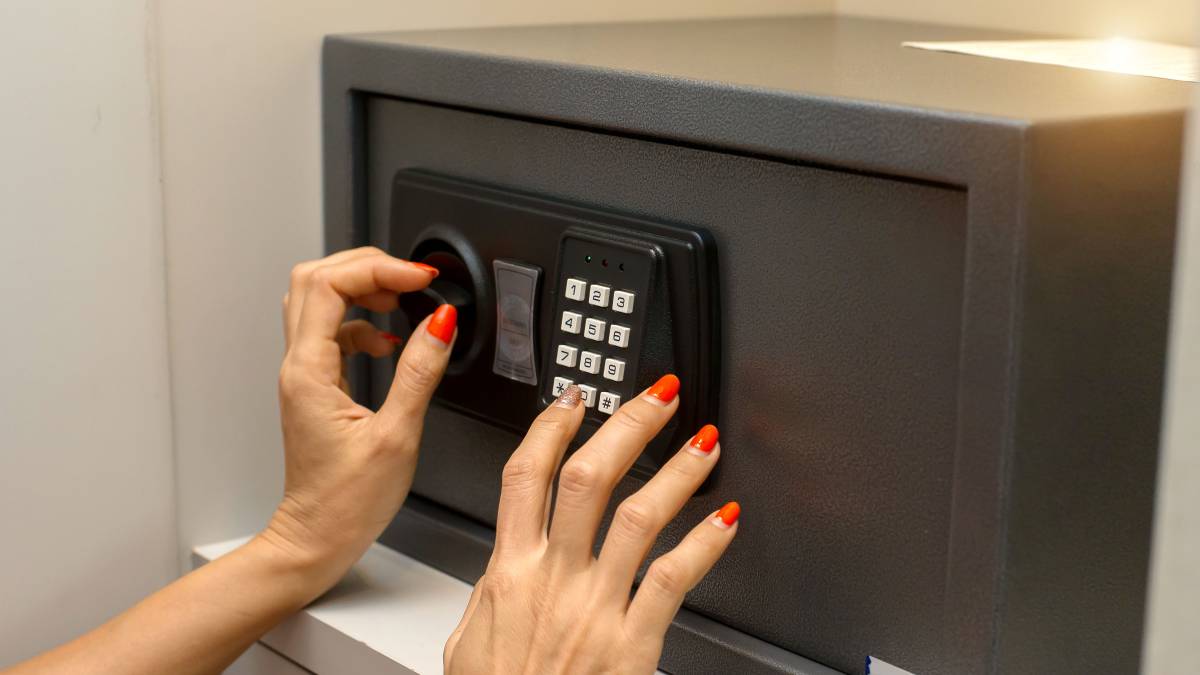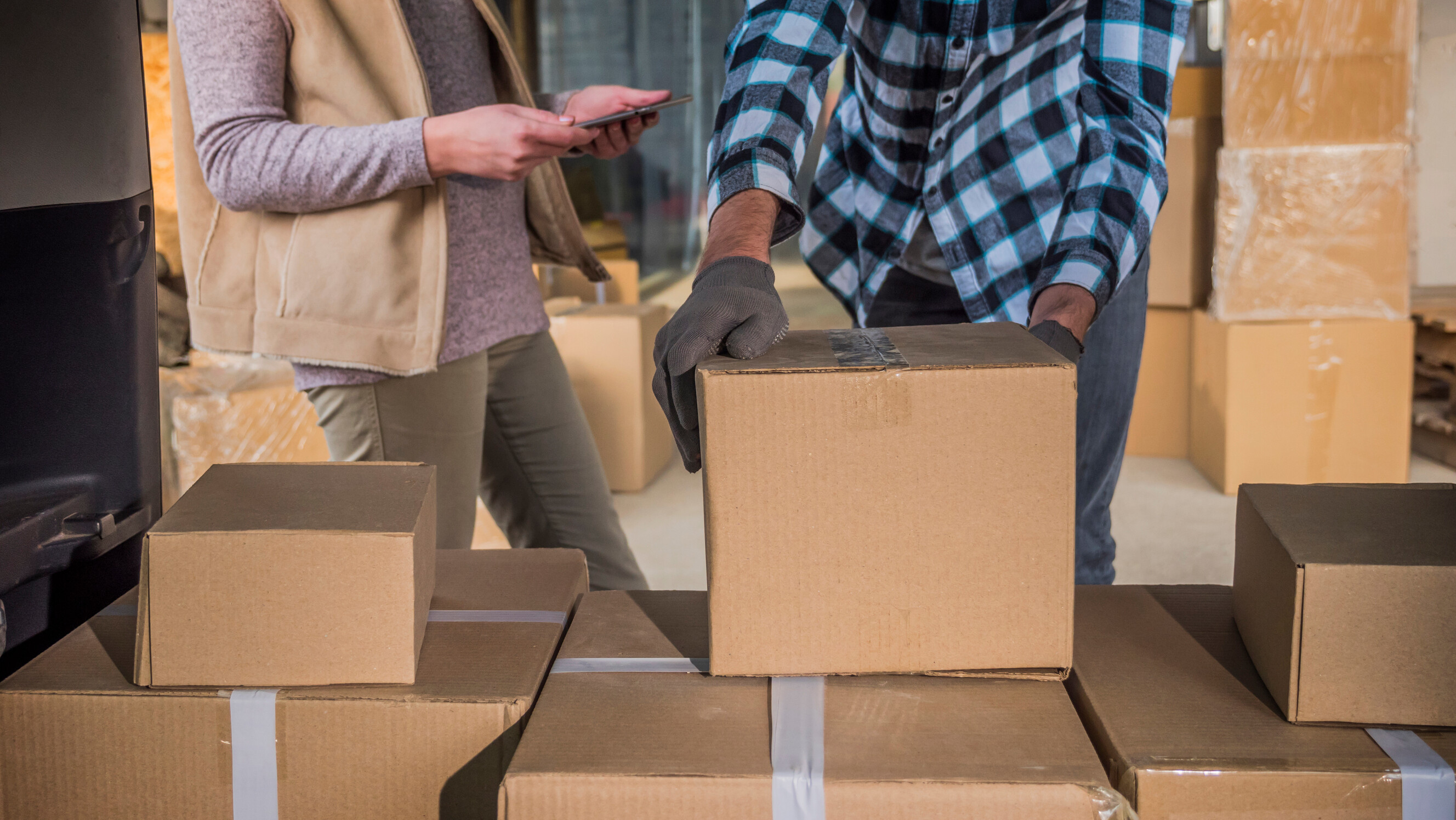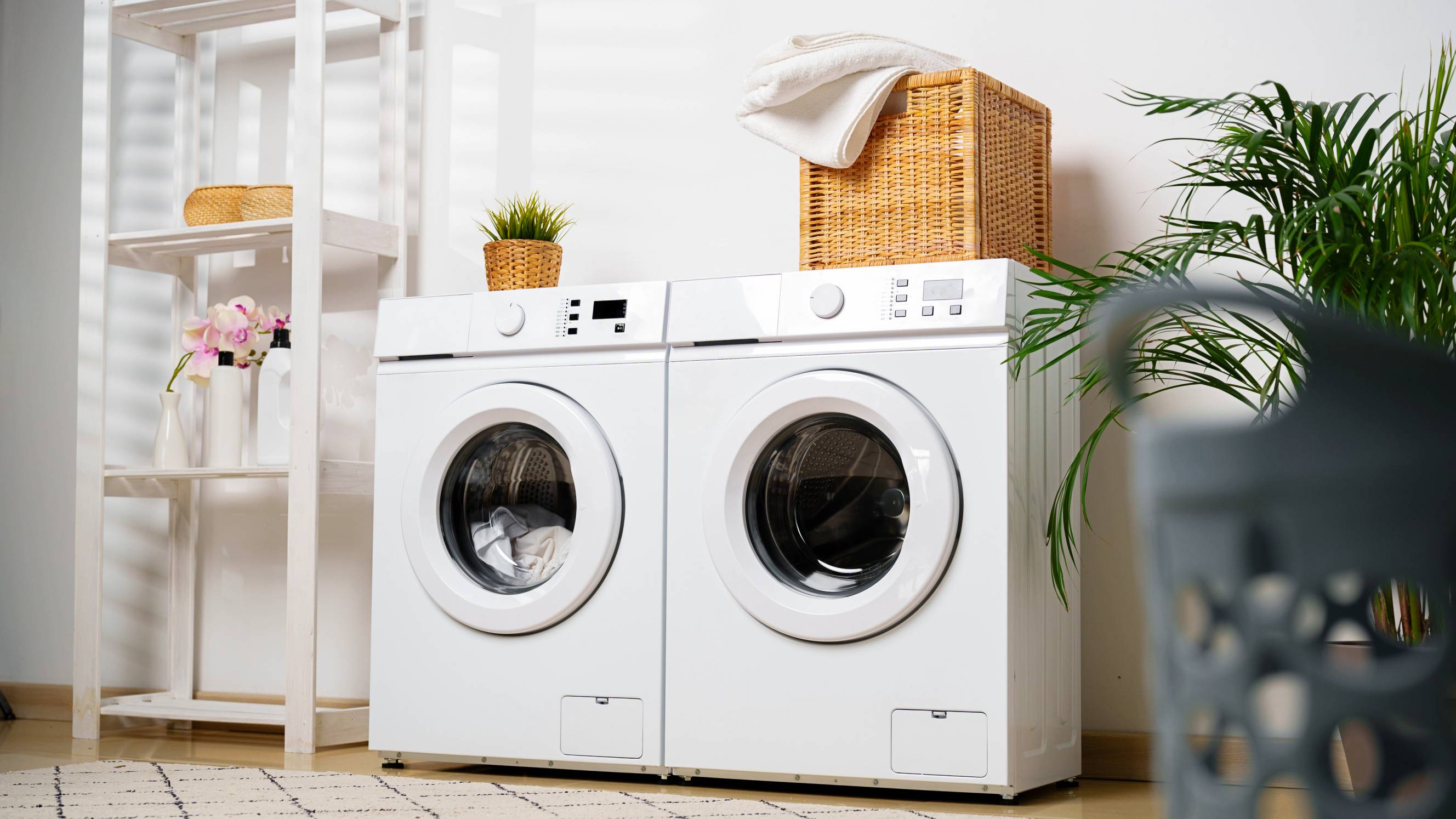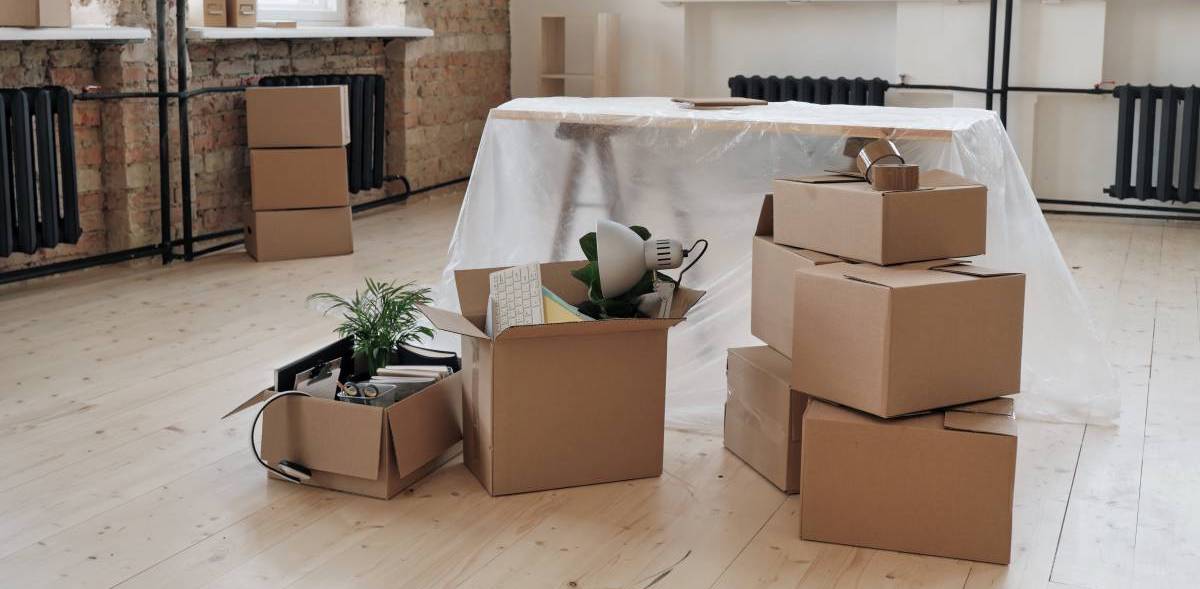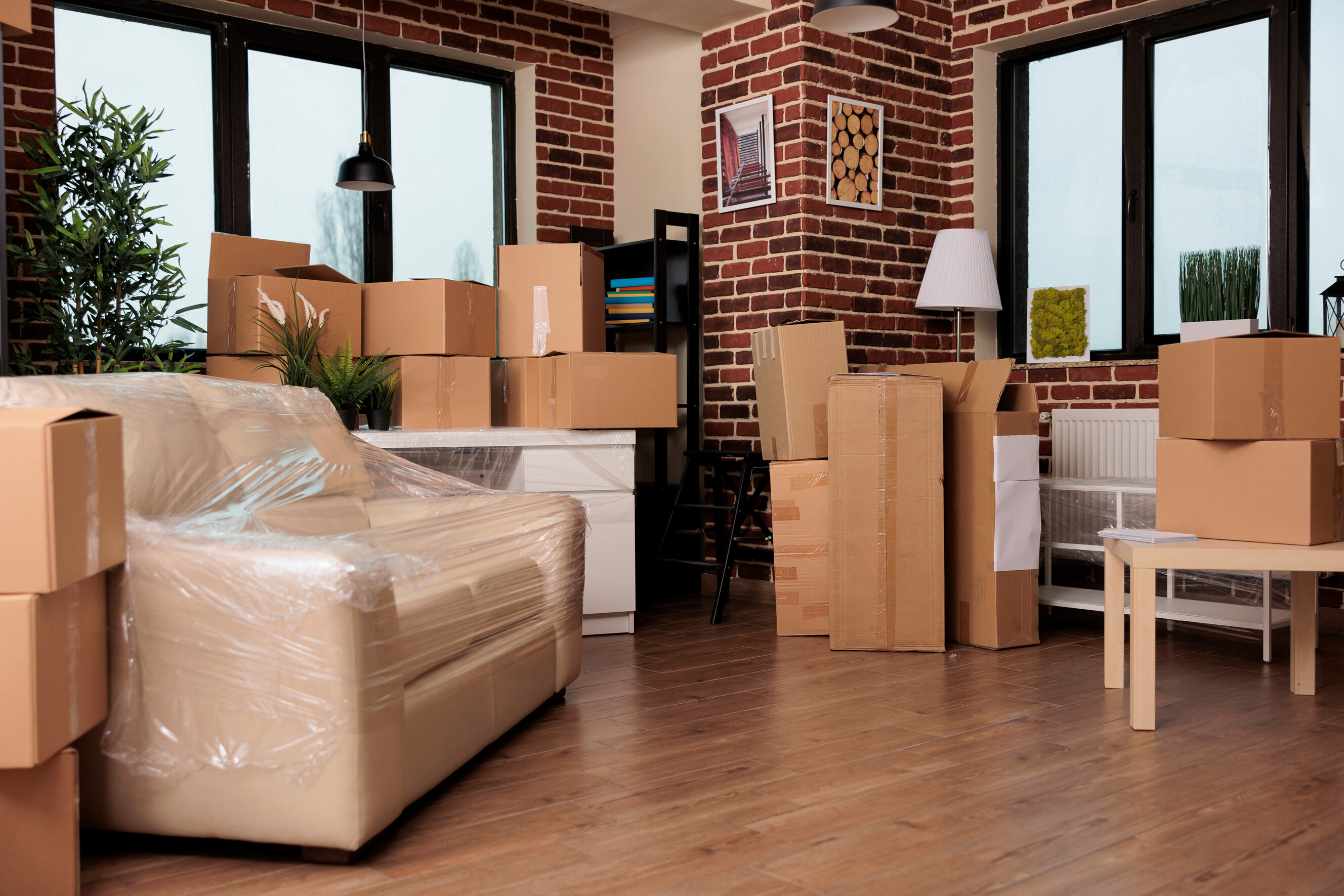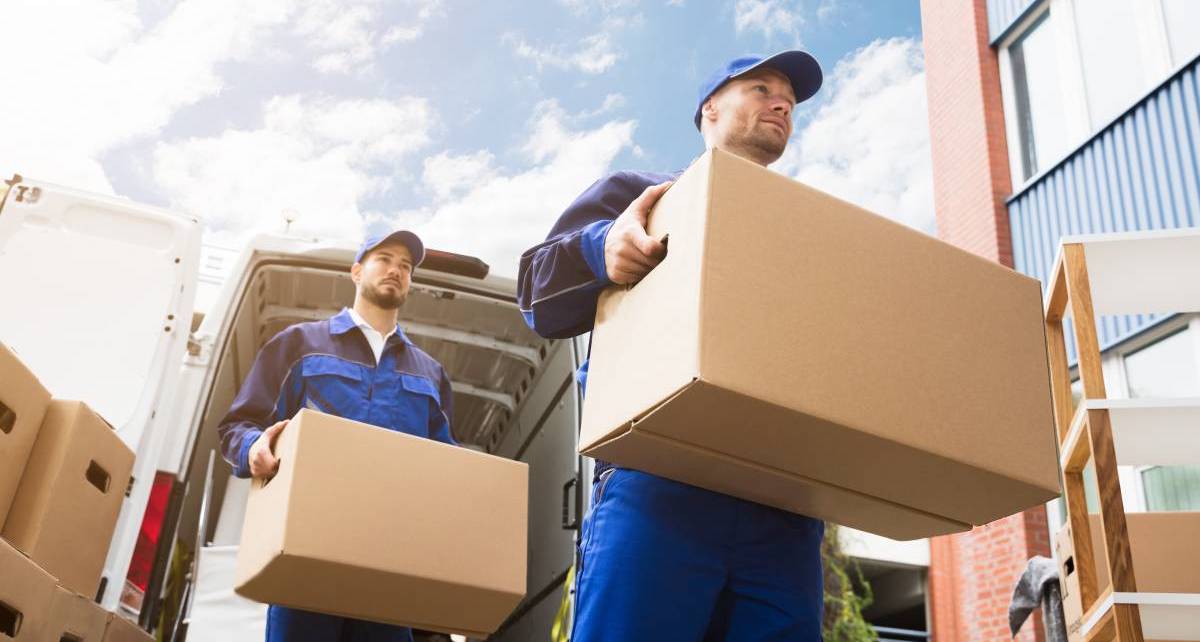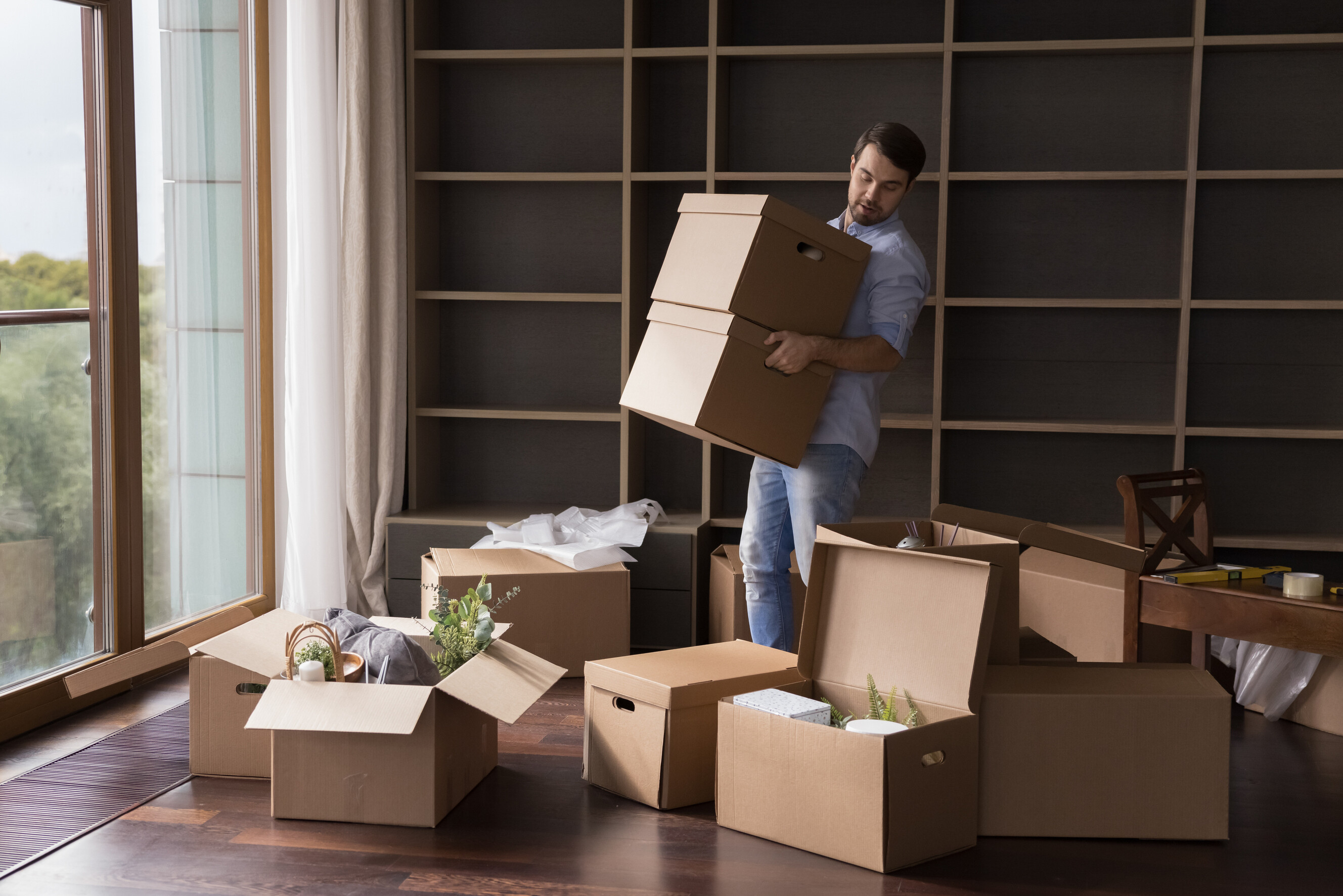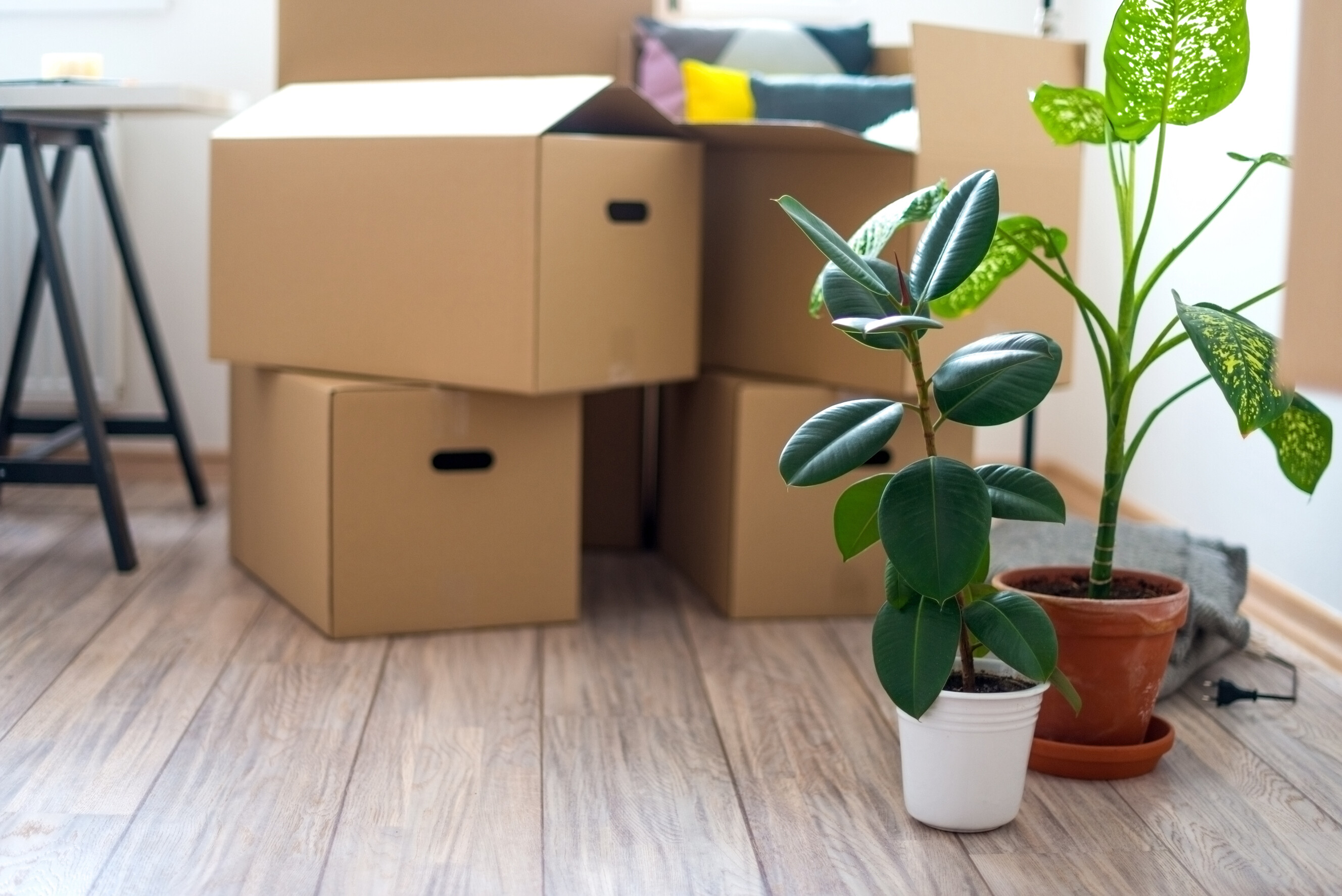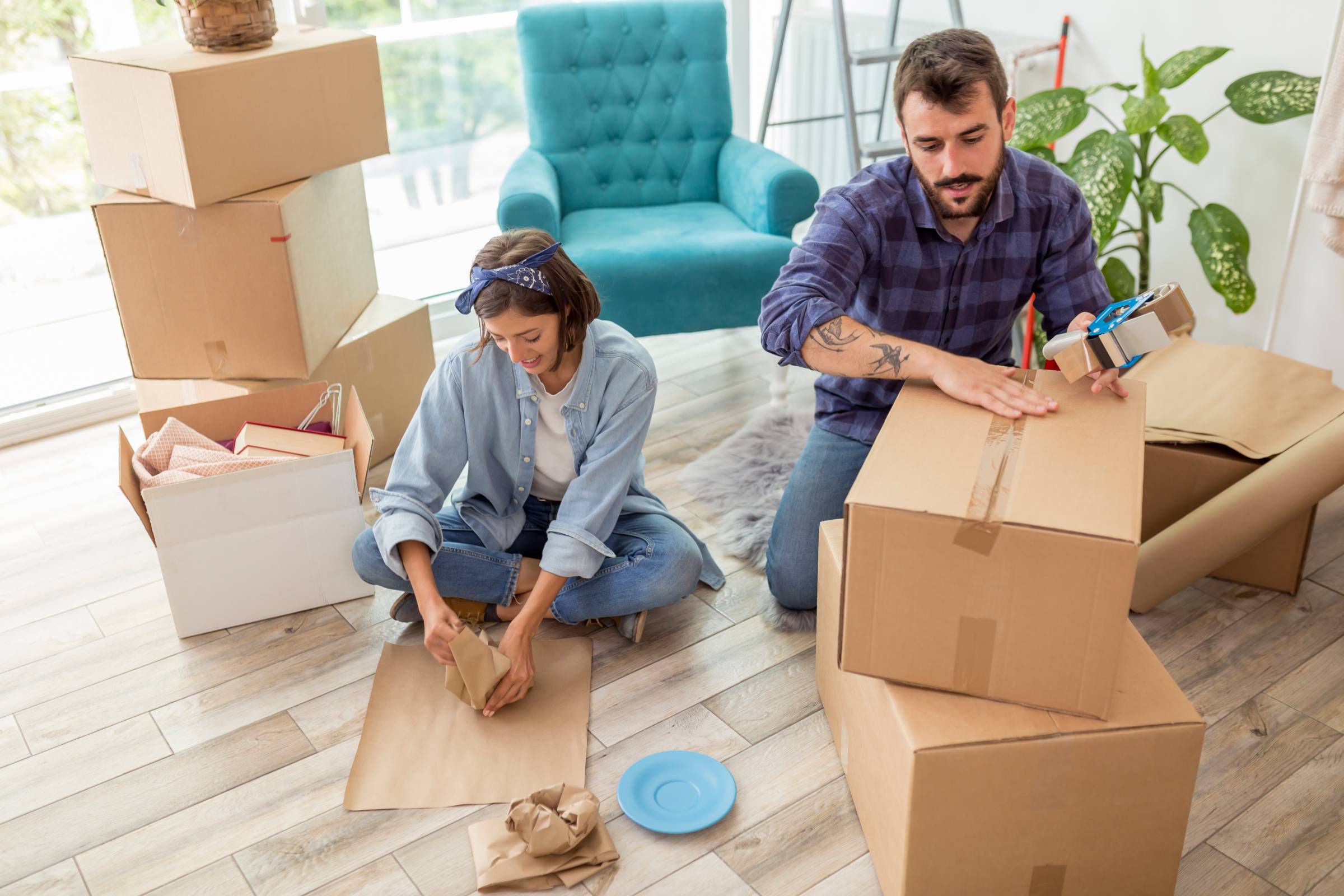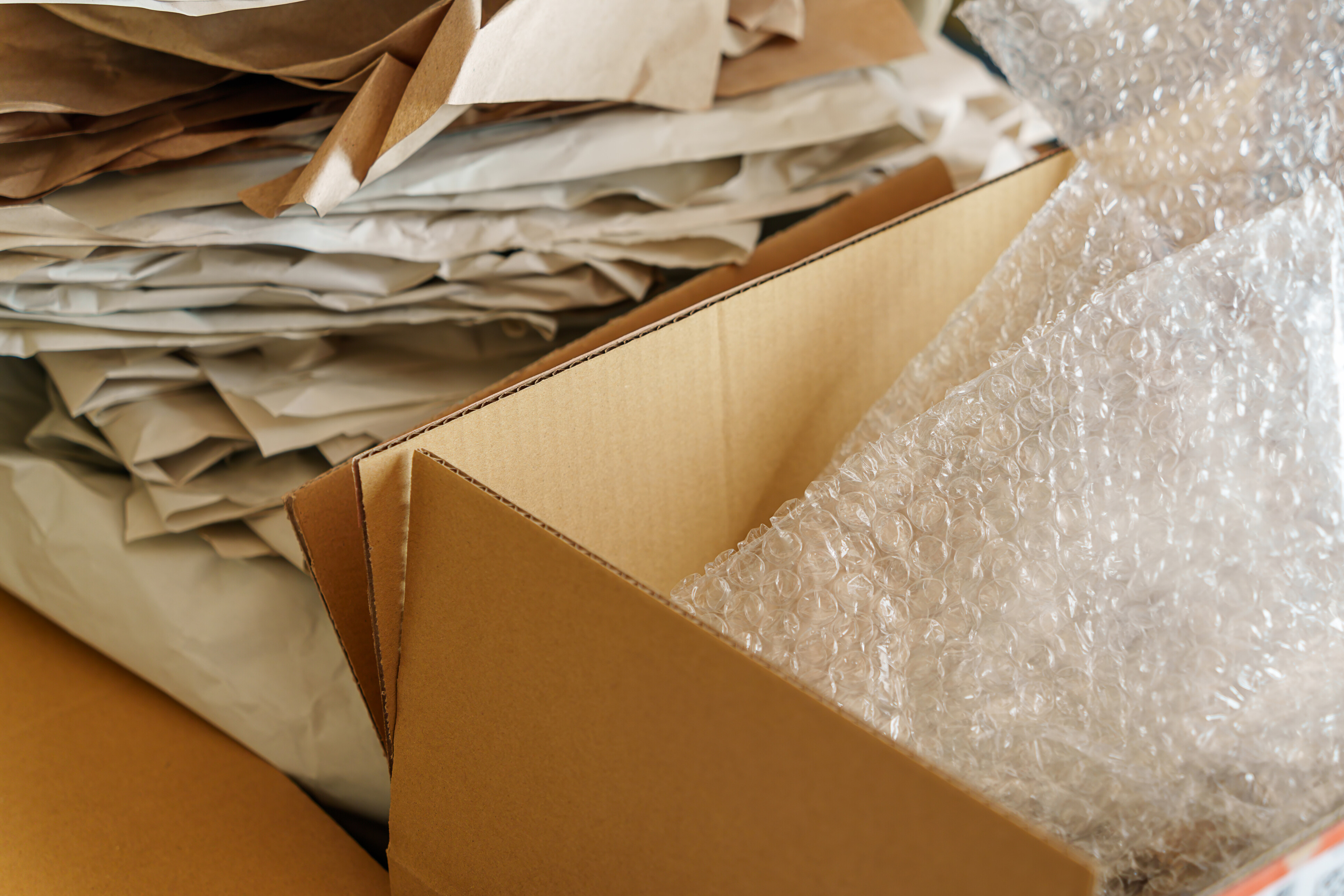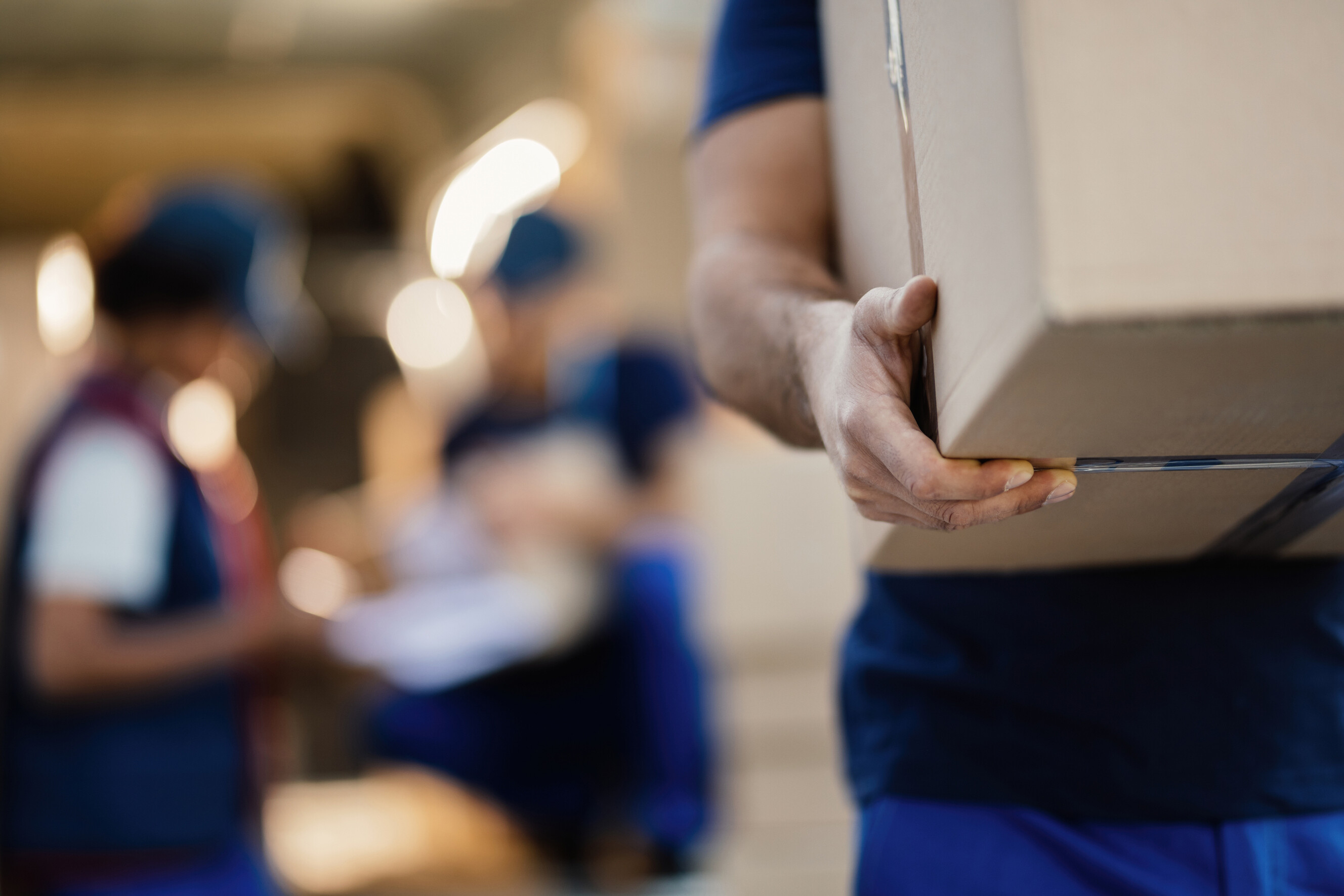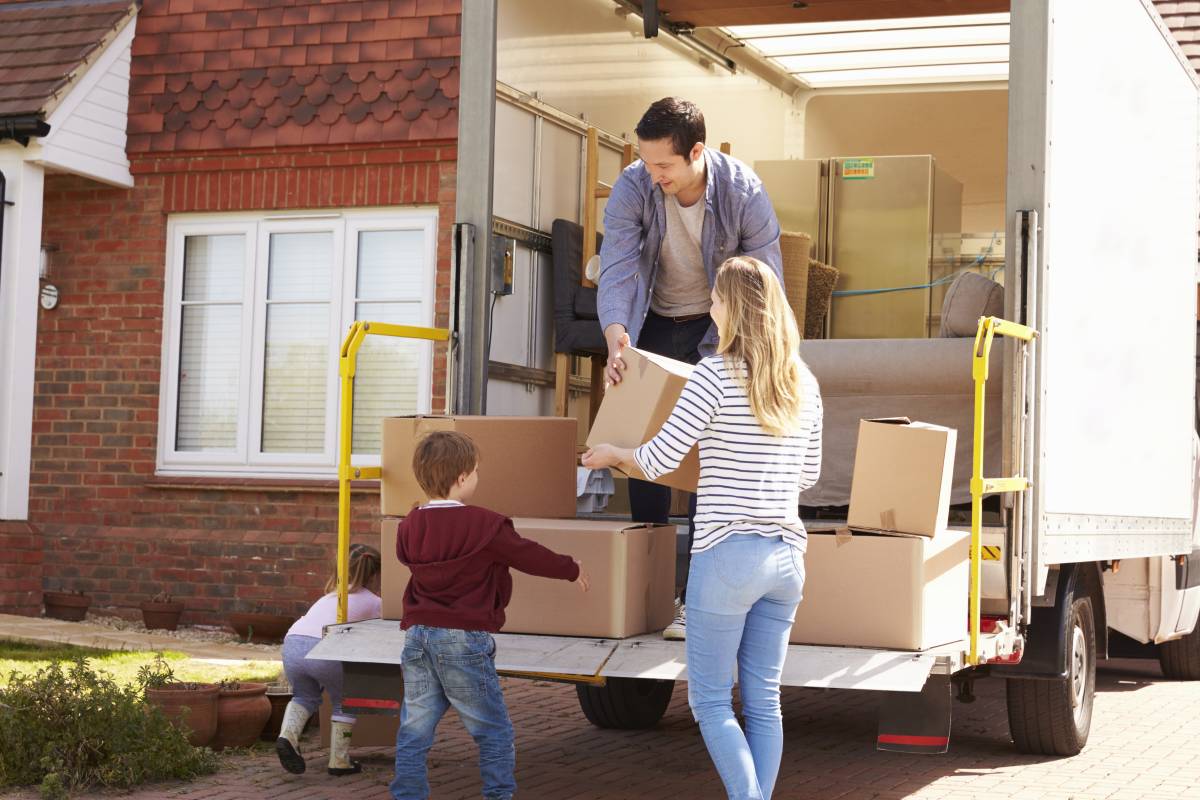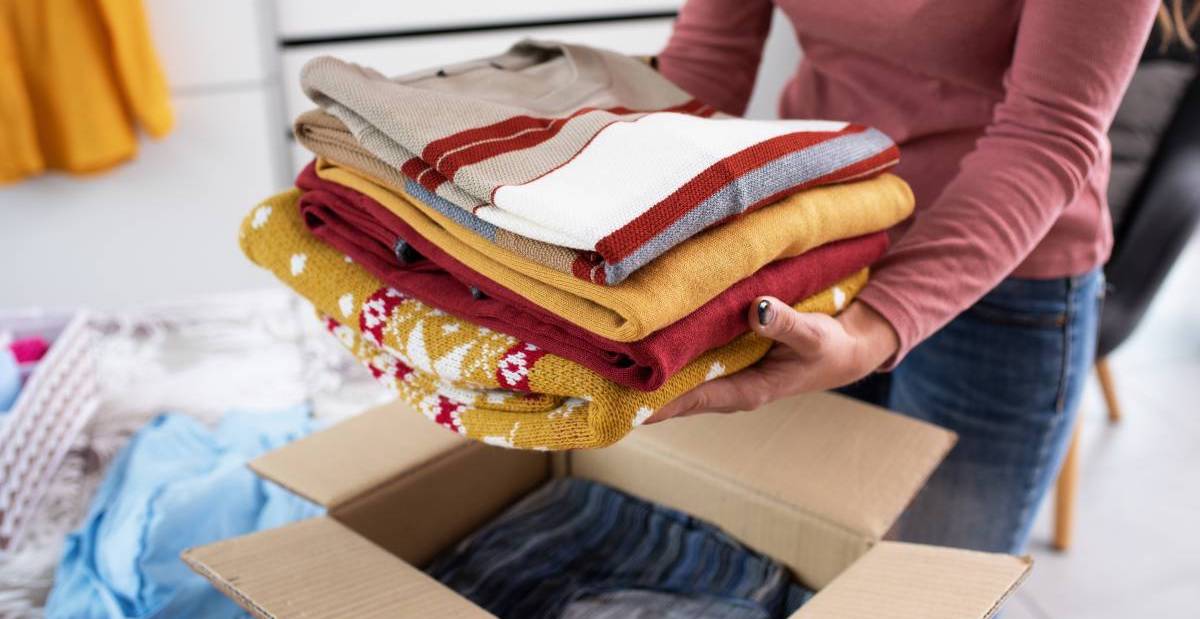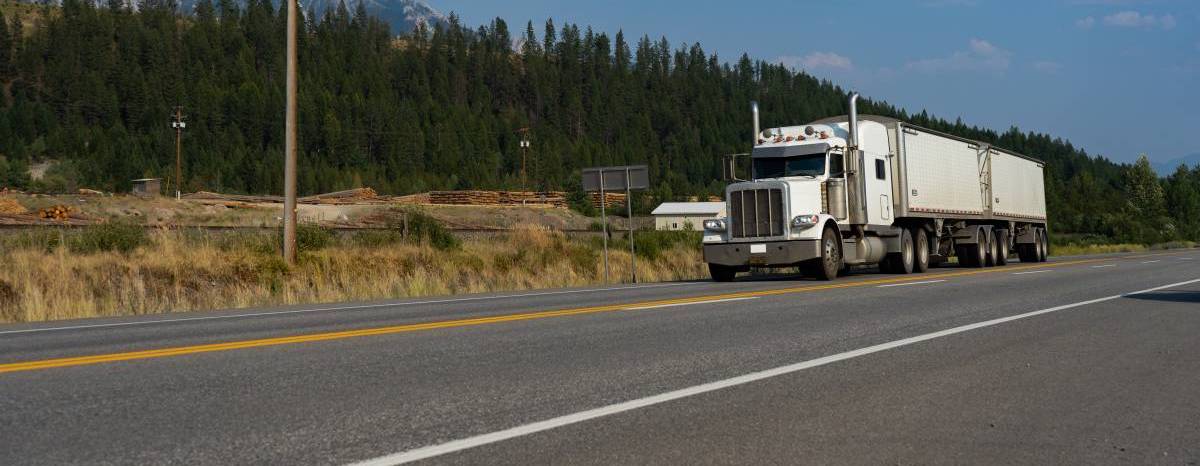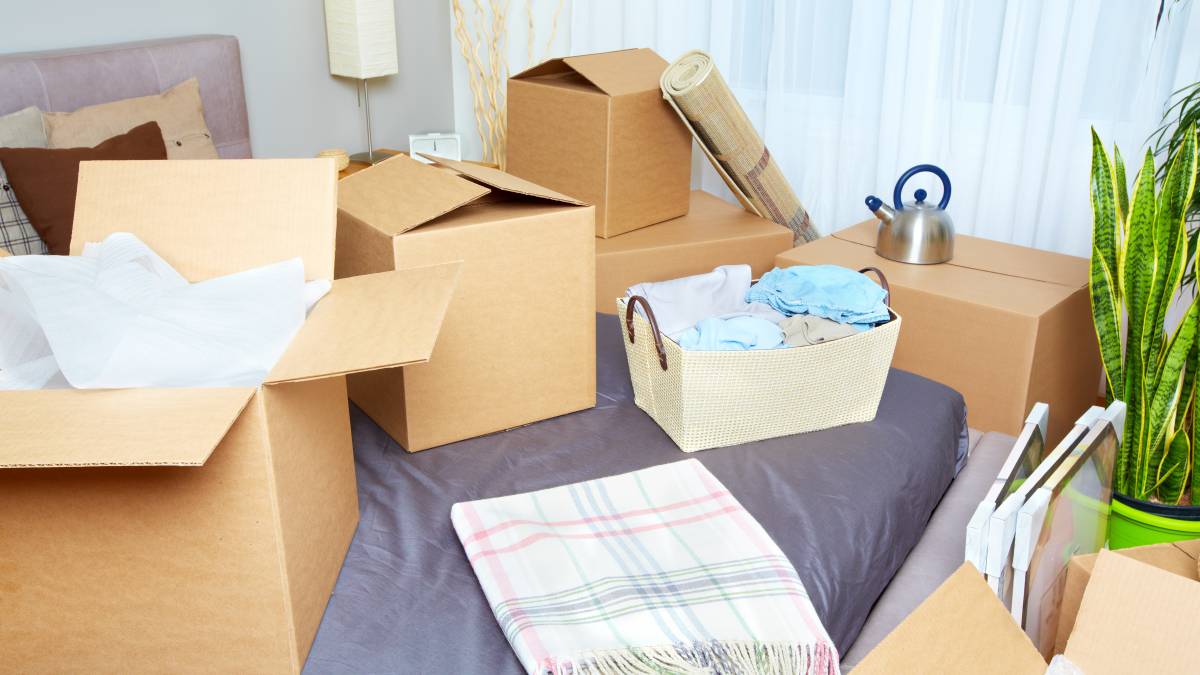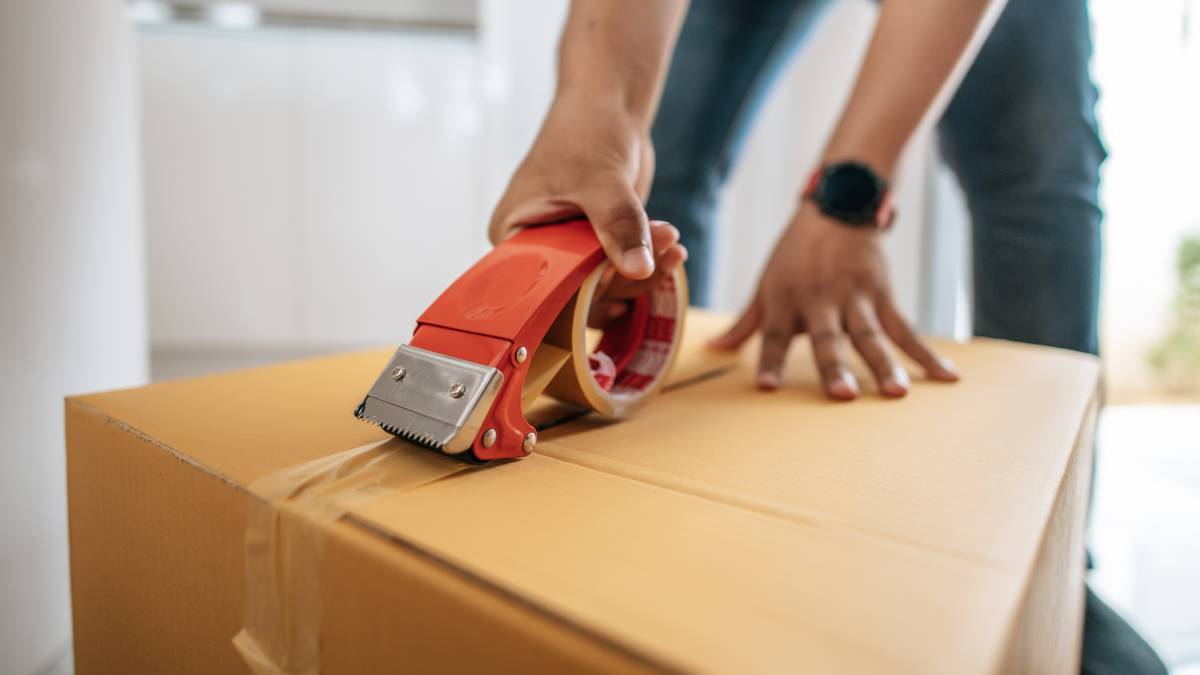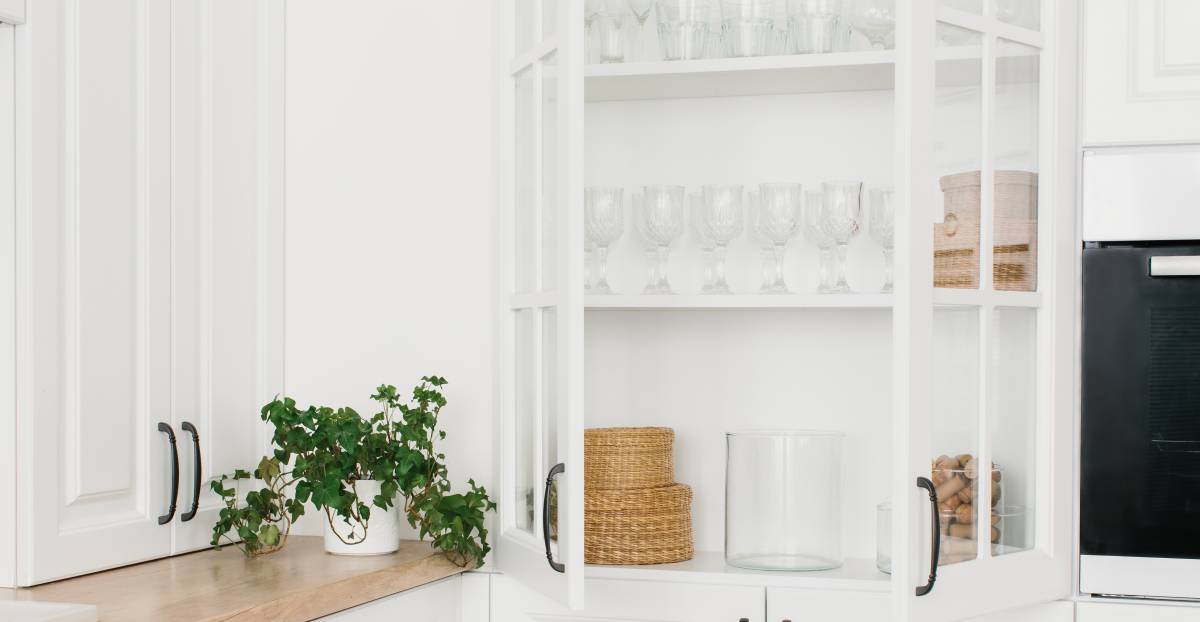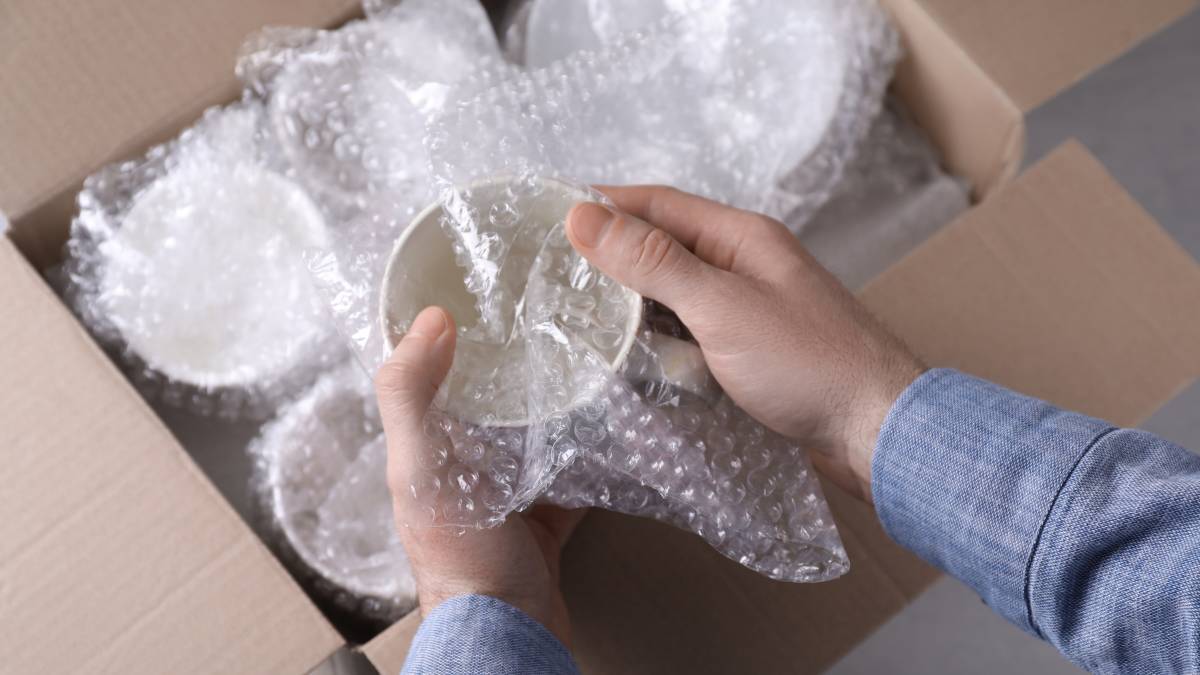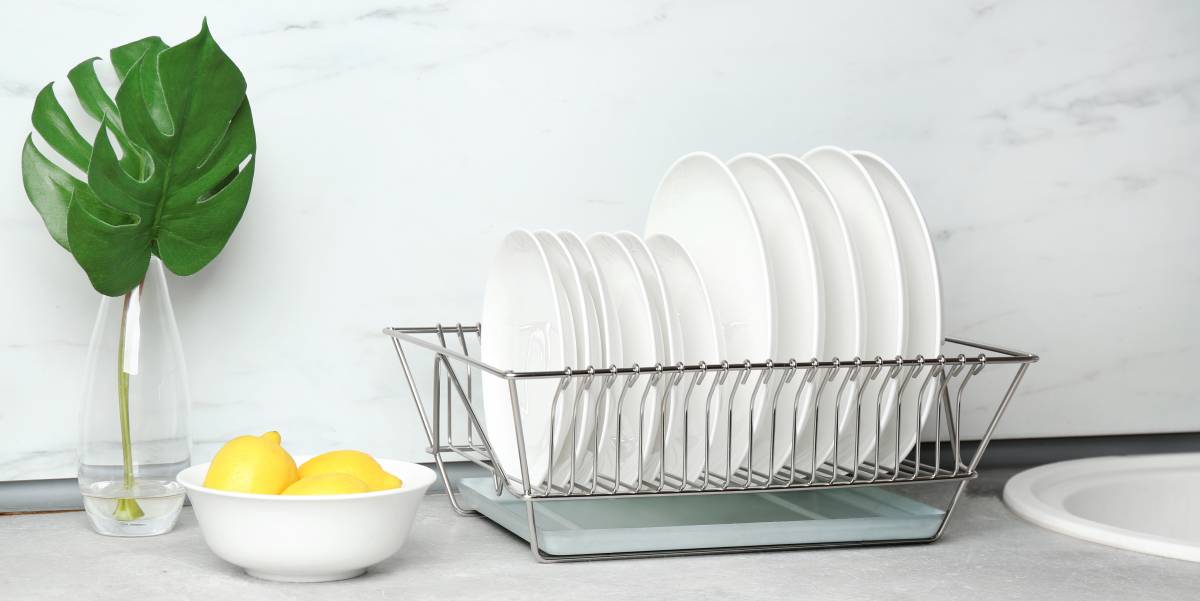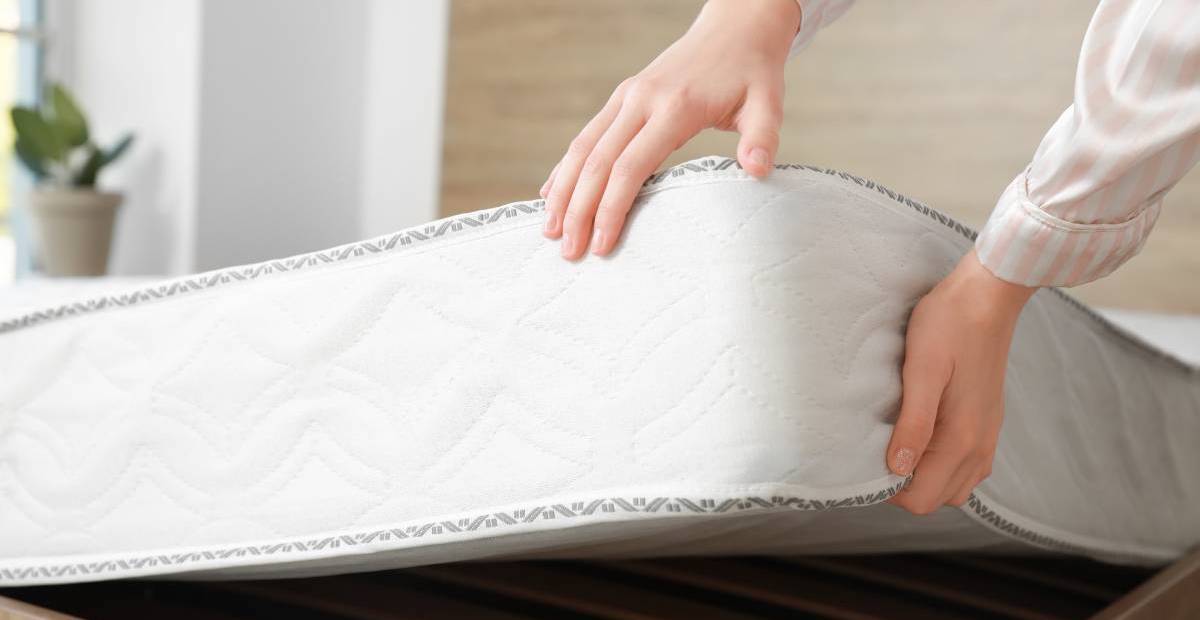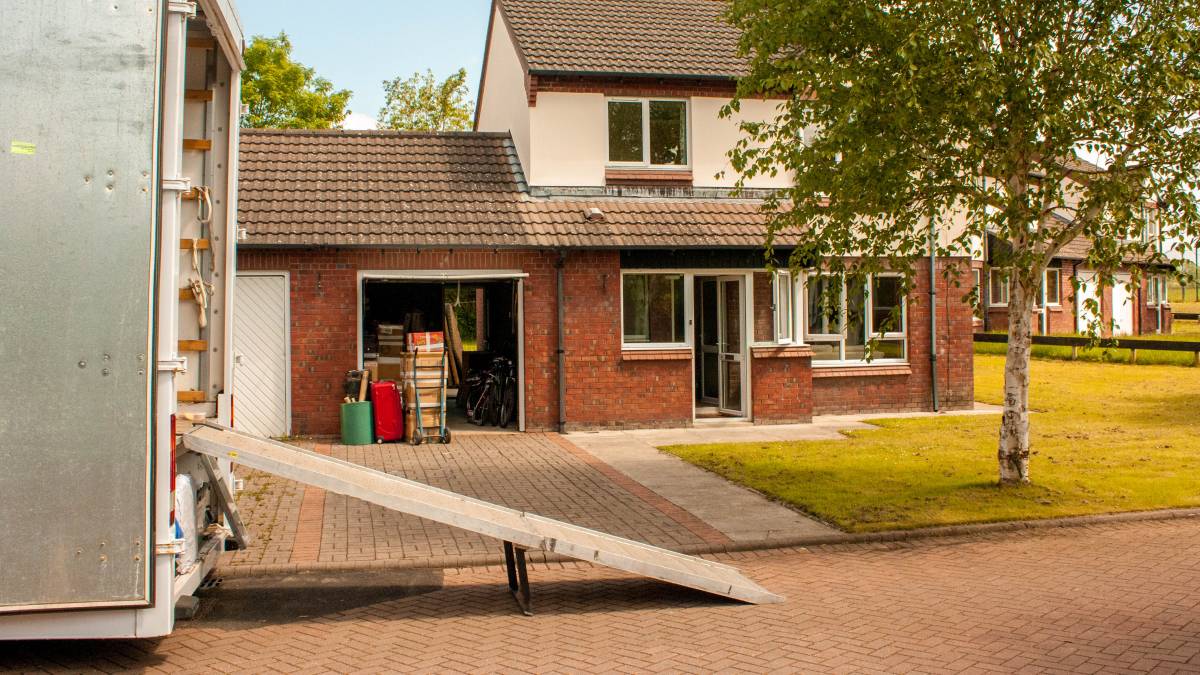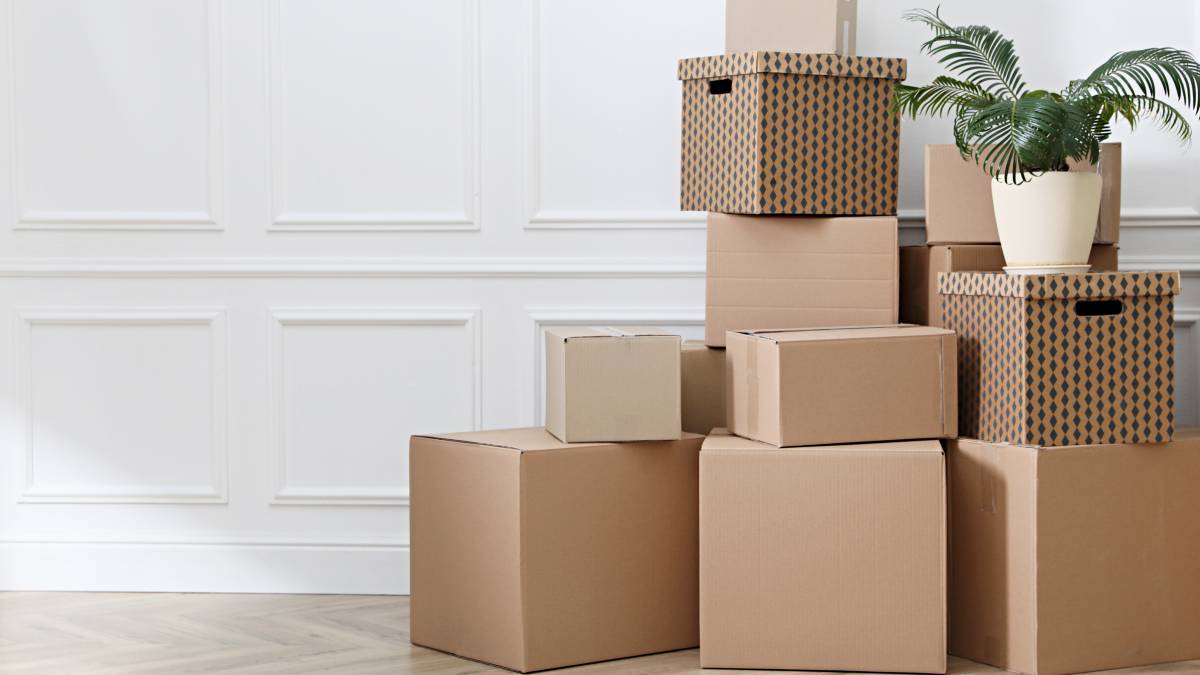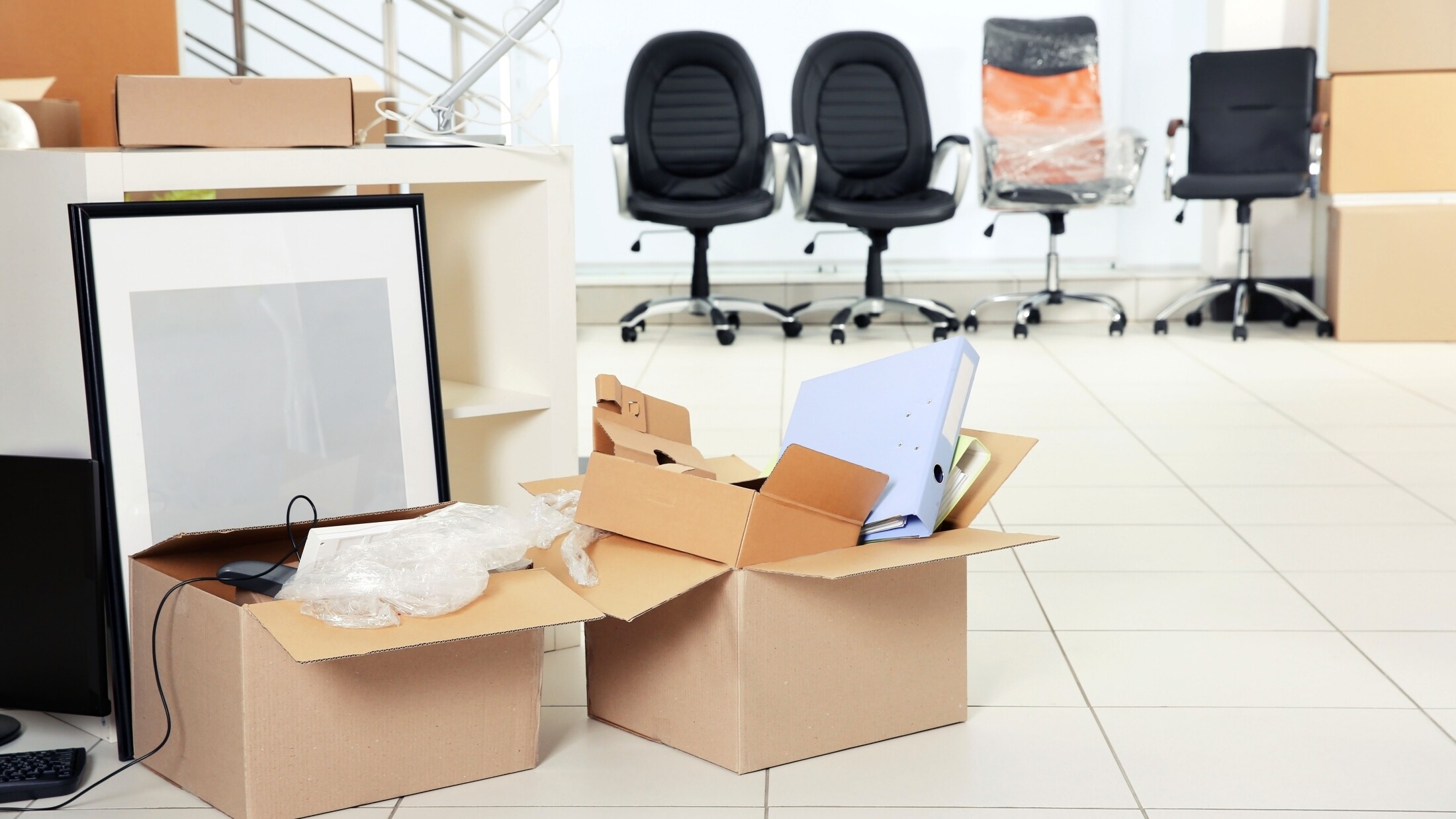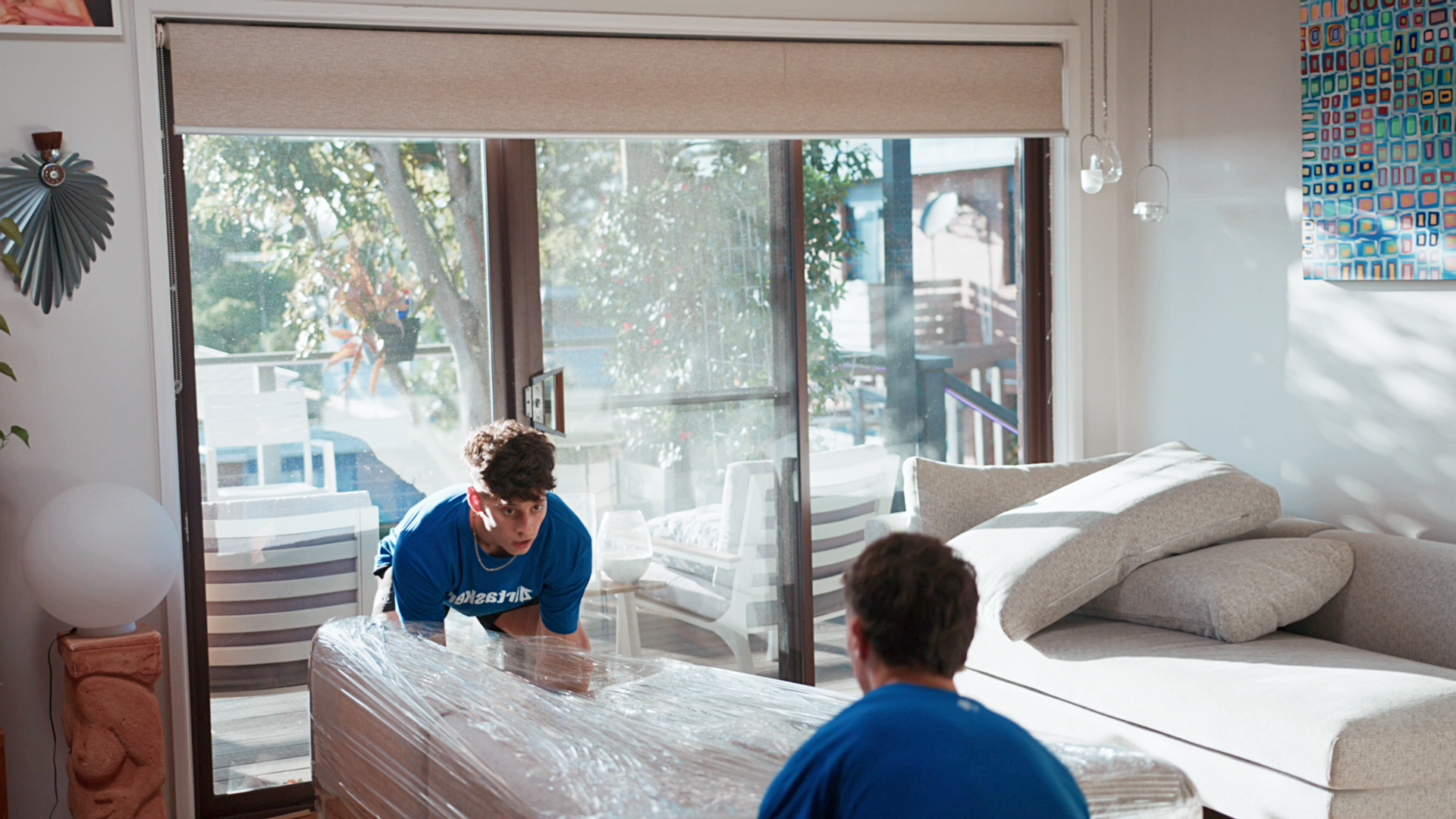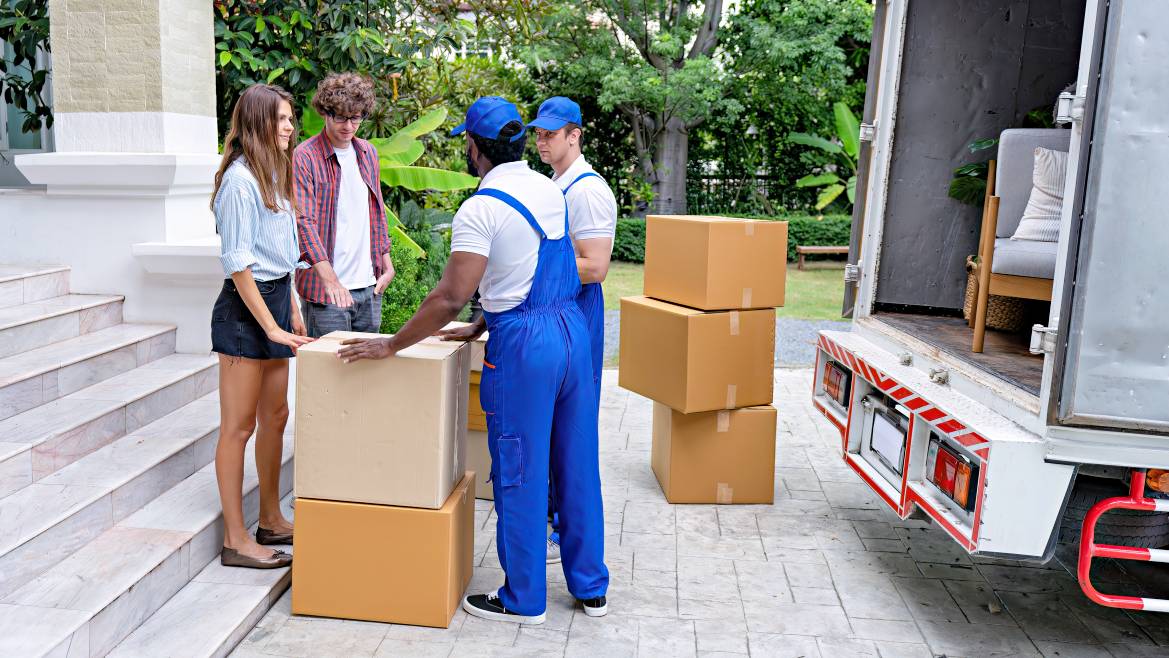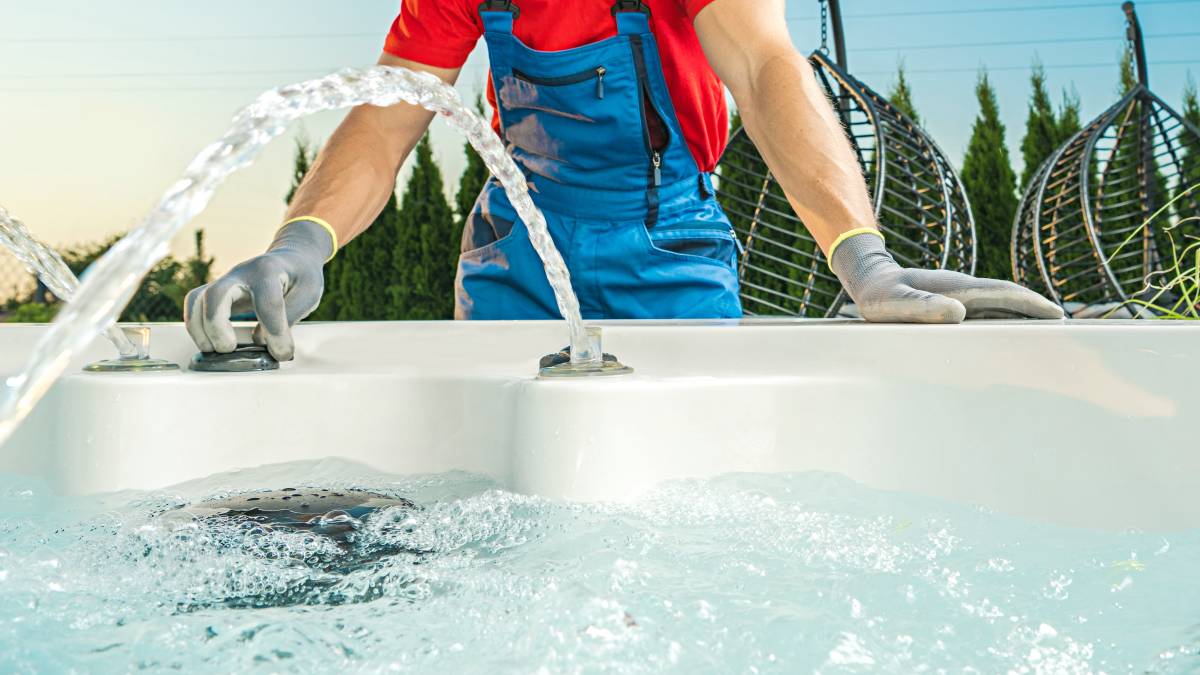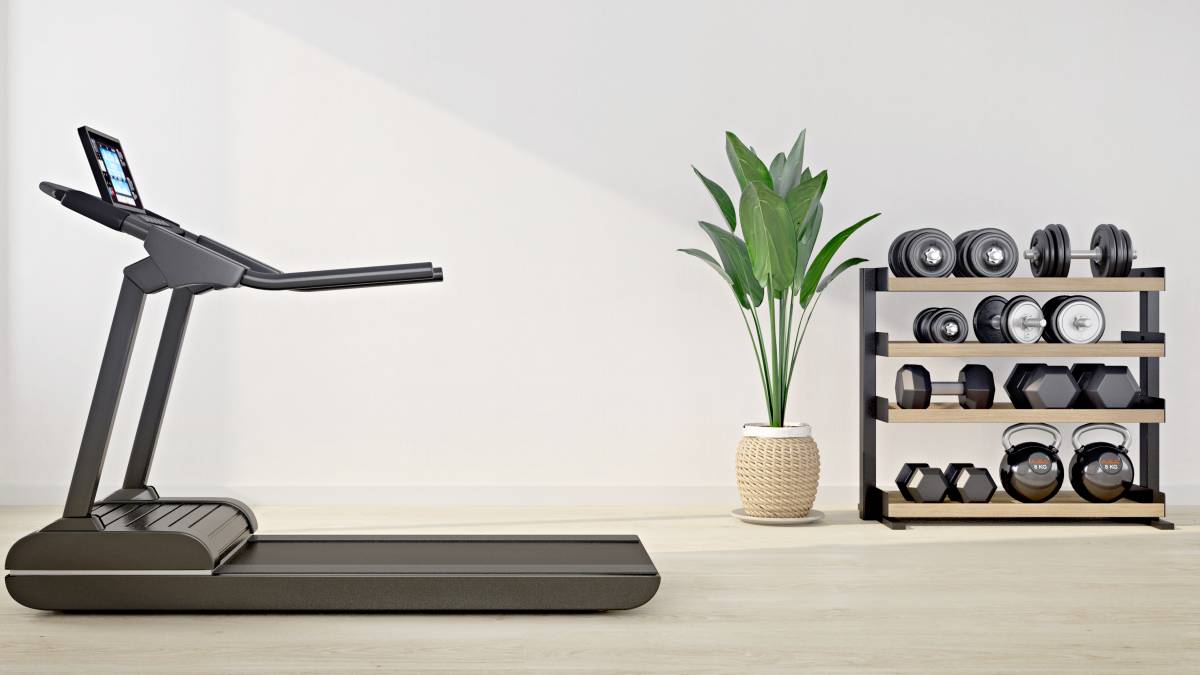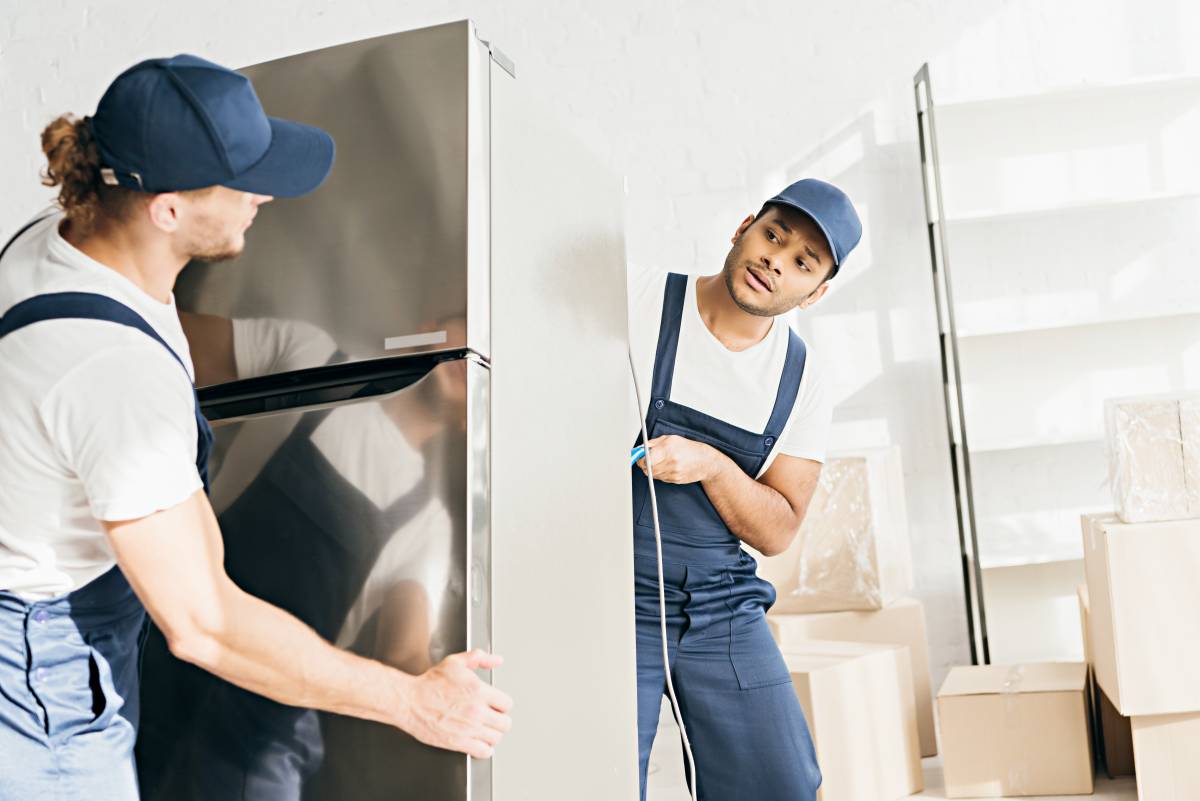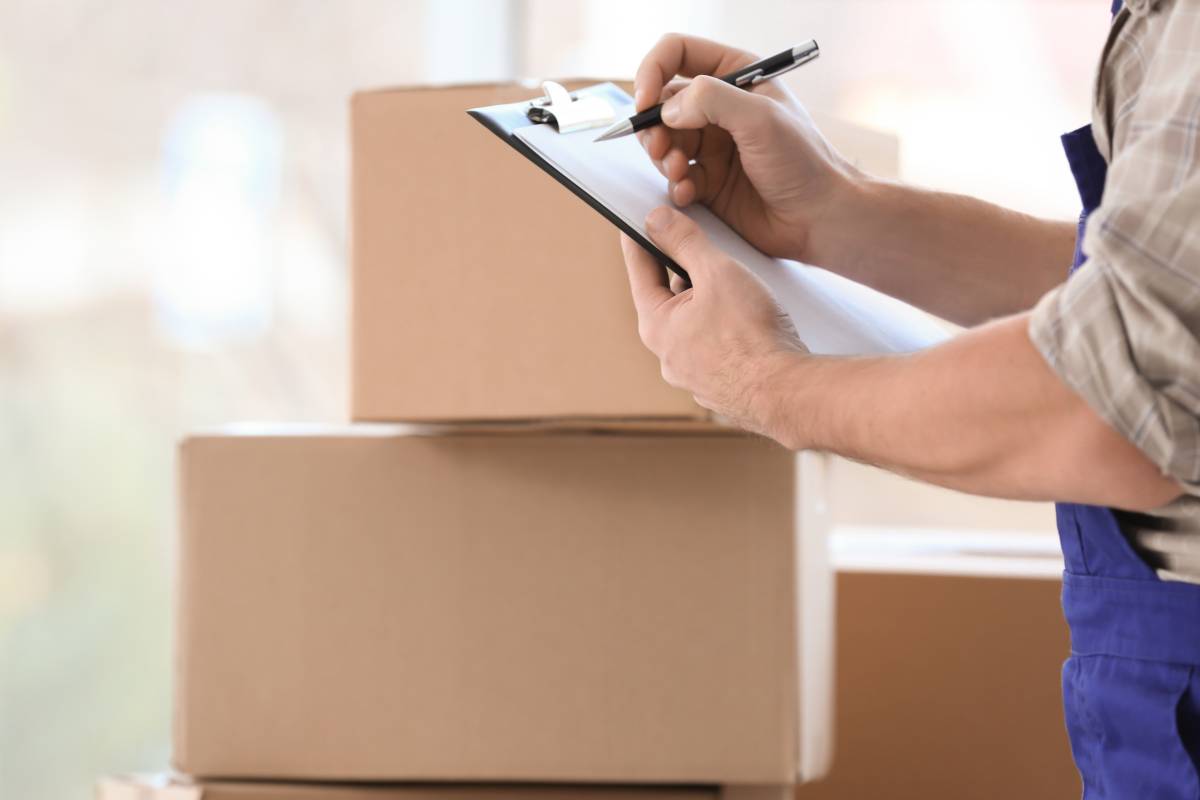
Moving guide and checklist: What to do before, during, and after your move
Move into your new home without the extra stress.
Get help for your house moveLast Updated on

Written by Chin S.
Staff Writer

Reviewed by Theo T.
Expert Removalist
Read more about our contributors
More than 40% of Australian households moved within the last five years, yet most people still leave everything to the last minute. However, moving house doesn’t have to be stressful. With proper planning and understanding the costs of moving house upfront, you can keep the whole process stress-free.
Whether you’re a first-time buyer or a seasoned mover, those little details get forgotten until the last minute. We’ve put together this ultimate moving checklist to keep you organised and stress-free from planning to settling in.
Before the move
A great deal of planning can make your move less stressful. Knowing what to do before moving into a house is important, as this will help you prevent last-minute packing or documentation when your move date finally rolls in. Here are some planning tips for moving to get you started:
Prepare the paperwork
One of the most important things to tick off on your checklist for moving houses is to review your paperwork with your agent. Read the fine print and ask all the questions you’d like answered.
It also helps to create one master file folder for all your moving paperwork. This file should contain your removalist booking confirmation with contact numbers, utility disconnection and connection dates, mail redirection receipt, and any council permits for parking or truck access. Also, add copies of your lease agreement or settlement documents, plus contact details for real estate agents, solicitors, or property managers.
Lastly, print out a simple moving day timeline with key phone numbers, arrival times, and clearly write your new address. Keep this folder with you during the move so you can keep track or call someone as needed.
Start decluttering
Start the purge process early. Start clearing out the undesirable items as soon as six weeks before your move date. Sort your belongings into three categories: keep, donate and sell or discard.
If you need help purging items, get decluttering services so you have more time to focus on other aspects of your move.
You can also let your moving team know, and they will take care of transporting everything you don’t want to a waste centre for an extra fee.
Book professional removalists early
Consider getting quotes from removalists two to three weeks before you finalise your moving date. Weekday moves are sometimes cheaper, so a little planning can save you money.
Moving companies offer a range of services. Most will handle transporting your belongings, but packing and unpacking might incur additional costs. While full-service packing can be expensive, hiring help for packing and furniture assembly in your new place can significantly ease the burden.
Check that bulky items fit in your new home
You don’t need to measure all your items to check if they fit. Removalists are experts and will measure on-site and dismantle furniture if needed. You only need to check your largest items, like your fridge or washing machine, to make sure they’ll fit into the spaces where you plan to place them.
Start packing your belongings
The sooner you pack your things, the more relaxed your move will be. Here are some packing essentials to gather upfront:
Packing paper
Good textas
Bubble wrap
Scissors
Labels (Have a box number system, put your new address and contact name/ number)
Wardrobe boxes
Also, use everyday household materials, such as linen and socks, to organise and pack.
This is very important if you want to save time during your move. When packing, do not overload any single box. Try to keep all boxes at a similar weight.
Place heavier items at the bottom and lighter items on top. If a box contains fragile items, mark it clearly. You can pack sheets, towels, clothes, and pillows in heavy-duty moving bags.
Dismantle bulky and fragile furniture
You can disassemble bulky and delicate furniture items or displays for easier transport. For large furniture pieces like bed frames, dining tables, or wardrobes, dismantle them before moving day to make transport easier and prevent damage.
Dismantling furniture can be tricky, so make sure to use the right tools. Otherwise, the screws may get damaged, complicating reassembly later. Keep all screws and hardware in labelled zip-lock bags taped to the furniture piece, and take photos of the process to guide you when putting things back together.
If this task becomes too difficult for you to DIY, leave it to the removalists.
Label by room and number your boxes for better organisation
You may think this is over the top, but we promise it’s not. Start by numbering or naming each room on a floor plan of your new home. Then, label the boxes to match the rooms. Make a list of the boxes and their contents so you can easily put them in the right rooms once settled in.
This system saves you time and hassle, whether you’re tackling the move yourself or have helpers.
Take everything out of drawers and cabinets before moving. This prevents accidents, protects your furniture, and makes the moving process faster and smoother.
Schedule a final cleaning
This should be arranged before and after the move. Connect with professionals to determine how much end-of-lease cleaning costs and factor this into your moving preparation. Don’t forget to clear your refrigerator and get rid of perishables and other household waste!
Book your building’s loading dock
Book the building’s loading dock in case it’s necessary. Loading docks allow direct unloading, especially for large items, saving time and effort in carrying them from far away. Some buildings may also require this to manage traffic flow and avoid disturbances.
Sort out disconnection and activation
Schedule your utility disconnections and connections at least 1 to 2 weeks before moving to avoid arriving at a dark, cold house with no internet. You should also contact your electricity, gas, water, and internet providers to arrange final readings at your old place and connection dates at your new address. Most providers can coordinate the timing so services switch over on the same day, but double-check the timing to avoid any gaps.
For insurance, coordinate with your current provider to end your coverage the day after you move out, then arrange for your new home insurance policy to begin the day before you move in. This overlap ensures you’re covered during that chaotic in-between period on moving day itself.
Forward mail and update your address
Set up mail redirection with Australia Post before moving day so you don't miss important letters or bills that slip through the cracks. A basic redirection service costs around $77 for three months and gives you breathing room to update everything properly.
Aside from letters, start updating your address with banks, insurance companies, employer payroll, Centrelink, Medicare, and the Australian Tax Office. Don’t forget your subscription services, online shopping accounts, and local council for rates and voting enrollment.
Your first few nights in your new home can get pretty chaotic. To avoid living out of boxes, pack a bag with all your essentials for a good week. These include clothes, gadgets, toiletries, medicine, and snacks. It’s easily accessible and stops you from going through all your stuff and making a big mess.
During the move
After coordinating with your mover, it’s time to get going to your brand-new abode! Inform them which items are fragile and where boxes will go in your new home. Make sure you (or another household member) are ready to clarify details. Boxes should also be labelled with their contents and indicate which room each piece of furniture belongs to.
Sort out and keep valuables and documents with you
Sometimes, things can go missing during a move, so it’s smart to sort out which items are too important to risk and keep them with you. If you’ve got documents, create a clear A4 envelope with a cover sheet listing everything inside, including passports, birth certificates, medical records, insurance papers, and recent tax returns.
You may also take photos of each ID and scan every record before packing, storing these backups in cloud storage, or emailing them to yourself.
For valuables and fragile items, wrap each piece individually in bubble wrap, then add foam padding inside a clearly marked "FRAGILE HANDLE WITH CARE" box. Keep this box on the floor behind your car seat, where it won't slide around during the drive.
Got loose items like earrings or USB drives? Pop them into small zip-lock bags with clear labels, then keep all these mini bags together in one larger bag so nothing goes on a walkabout on moving day.
Do a final check of your old home
Before you hand over the keys, do one last walkthrough of every room to ensure you haven’t missed anything important. As you go through each room, take a few photos of the condition as your own record. Start by checking that all fixtures are still secure and working, test light switches, and unplug any appliances you’re leaving behind, like the dishwasher or oven.
If you’re leaving a fridge, remember to empty and defrost it completely. You should also check inside all cupboards, wardrobes, and even the linen closet for forgotten items. Clear out any rubbish bins and take the bags to the kerb so you’re not leaving mess for the new owners.
For items you plan to use until the very last minute, like phone chargers or medications, place them near the entrance so they’re impossible to miss when you walk out the door.
Board your pets
Moving day can be very stressful for your pets. To ensure they’re safe and comfortable, book them into a boarding facility, doggy daycare, or arrange for them to spend the day with friends or family.
If boarding isn’t an option, set up a quiet room away from all the action with their favourite toys, water, and a clear “DO NOT ENTER - PET INSIDE" sign on the door. Also, let your removalists know about any pets on the property so they can keep doors closed and watch out for curious cats or dogs.
Guide movers when loading and unloading boxes
To move into your new home faster, stay present and point out which boxes contain breakables, electronics, or valuable items so they can handle them securely during loading and unloading. If you’ve labelled boxes by room, let the movers know your system so they can place everything in the right rooms at your new place.
If you’re moving with family members, keep your floor plans handy and designate one person as the primary contact point so the movers don’t get conflicting instructions from multiple people.
After the move
The removalists have gone, you’re holding the keys to your new place, and now you’re staring at a house full of boxes. In your first week, focus on getting the basics sorted so you can actually live comfortably while handling the bigger unpacking project.
Inspect your new home
Check for damages that might have occurred during the move, test all the light switches, and run the taps to check pressure. If you’re renting, take photos of any problems to prove that you didn’t cause pre-existing issues.
Remember to locate essential things like the main water shut-off valve, electricity meter, and any circuit breakers in case you need them later. Check that windows and doors lock properly and test smoke alarms to ensure they work.
If you spot any urgent issues, such as leaking taps, faulty wiring, or broken fixtures, contact your landlord or real estate agent, or make arrangements to fix them quickly before they become bigger problems.
Unpack your belongings by room
Start with your bedroom and bathroom so you can sleep comfortably and prepare for work the next day. Set up your bed first, unpack some basic toiletries, and make sure you’ve got towels and a change of clothes that are easily accessible.
Move to the kitchen next, since you’ll need food and coffee to fuel the unpacking marathon. Focus on the items you use daily, like plates, cups, cutlery, and your kettle or coffee machine, before worrying about fancy serving dishes or appliances you rarely touch.
The idea is to work through one room at a time rather than jumping around, so you can see progress and feel accomplished as each space comes together.
When moving your fridge, do not plug it in for the first 4–5 hours after it has been relocated. Fridges contain gas (refrigerant) that shifts when the appliance is moved, and if it hasn’t settled back into place before switching it on, the motor can get damaged.
Reassemble your furniture
Start with the simplest pieces first to build momentum and avoid frustration. Bed frames, basic shelving units, and dining tables are usually straightforward to assemble, while complex wardrobes or entertainment units can wait until you feel more settled.
Before you begin each piece, lay out all the parts and check that you have everything using those labelled zip-lock bags with screws and hardware. Cross-reference with the photos you took during dismantling to make sure nothing’s missing.
Make sure your address is updated
Now that you’ve moved in, it’s time to follow up on all those address changes if they haven’t been sorted. Log in to your online accounts to confirm your new address is showing correctly on bank statements, insurance policies, and subscription services.
Also, check your physical cards, such as your driver’s license, Medicare card, and credit card, to see which need updating with government agencies. Don’t forget about smaller accounts like your gym membership, streaming services, and loyalty programs, which might still send things to your old place.
Make the moving process easier with Airtasker
So there you have it—the key to a successful move is a solid plan and a great deal of prep. Use this guide so you don’t miss anything on the way to your new home.
If you’re all set, hire professional removalists who can help you tick off these checkboxes and share more tips for moving. Whether you need painters to repaint your walls, packers to help wrap fragile items, or handymen to cover wall mounting holes before you move, Airtasker’s got you covered!
Learn more about our contributors

Written by Chin S.
Staff Writer
Chin is a passionate hobbyist writer with a love for gardening, home improvement and beauty. She enjoys nurturing her small indoor plant collection, redecorating her space and exploring all things beauty. Through her writing, she shares her journey and tips for fellow enthusiasts.

Reviewed by Theo T.
Expert Removalist
Theo is the co-founder of KangPack Removals. He owns this business with his brother, and now it is one of the most trusted moving services in Sydney. With extensive experience in the field, he has helped hundreds of families with local and interstate relocations, ensuring each move is efficient and safe. His knowledge and commitment to quality service have established him as a true expert in the Australian moving industry.
The Reviewer Badge is awarded to individuals who are experts in their respective fields and evaluate the content to ensure its accuracy and relevance to the task at hand.
FAQs on moving
Some of the things you might want to leave behind are bulky and worn-down furniture that can take up plenty of storage space. You can also do without small appliances you no longer use, as well as old dishware and mismatched or duplicate cutlery.
For packing, you’ll need medium and large heavy-duty moving boxes, lots of packing paper, and bubble wrap for fragile and valuable items. You’d also want to have markers, scissors, and packing tape on hand.
Consider donating, selling, or recycling them to lighten your load and reduce moving costs.
You can ask for an hourly rate and an hourly estimate. A 1-bedroom usually takes 3–4 hours, a 2-bedroom takes 5–6 hours, and for more than 3 bedrooms, you should request a special quote. For large moves, getting a fixed price is recommended so you can stay relaxed throughout the move.
You should also ask if there’s a call-out fee and any hidden fees to help you budget accurately for the service.
Find removalists, fast
Find a removalist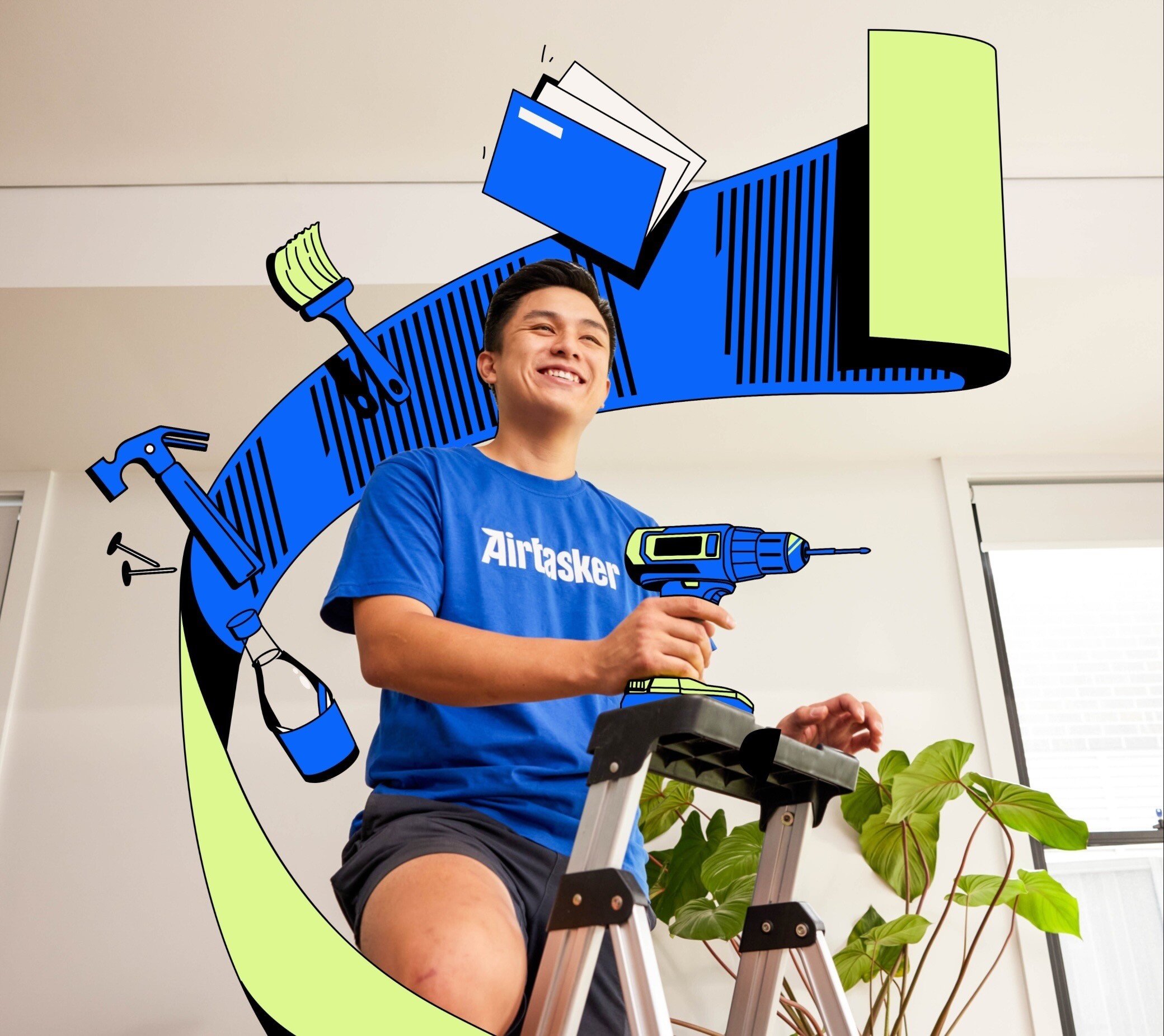
Related articles

How to wrap furniture for moving
Read more

How to move a vending machine
Read more
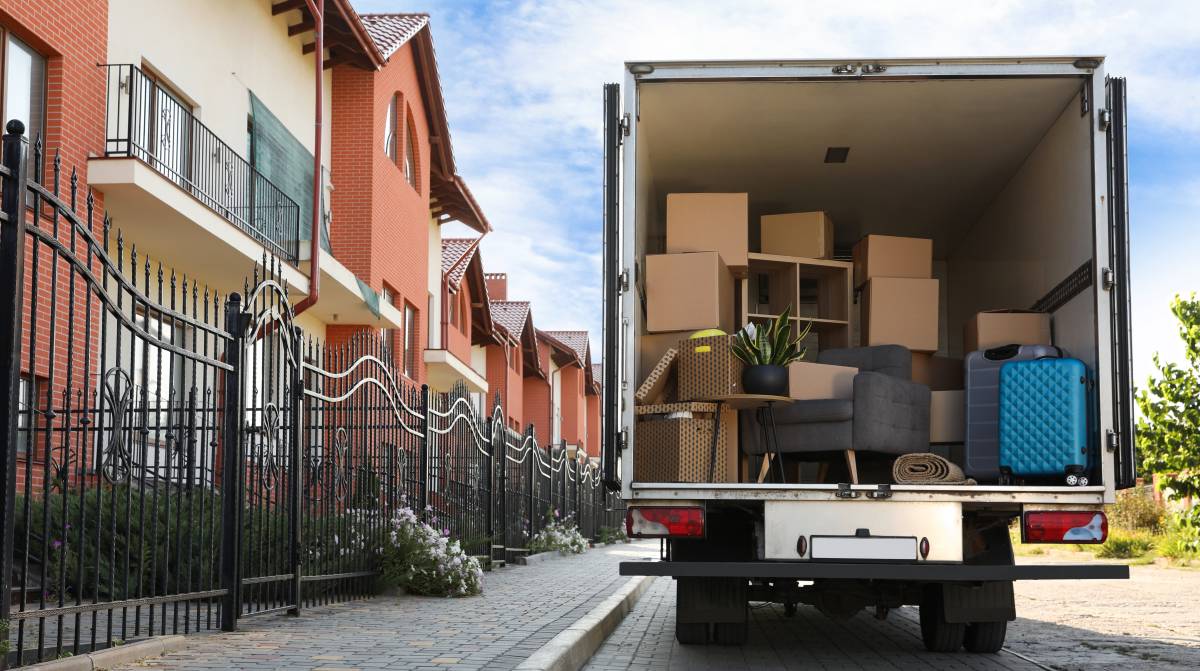
How to pack a moving truck
Read more
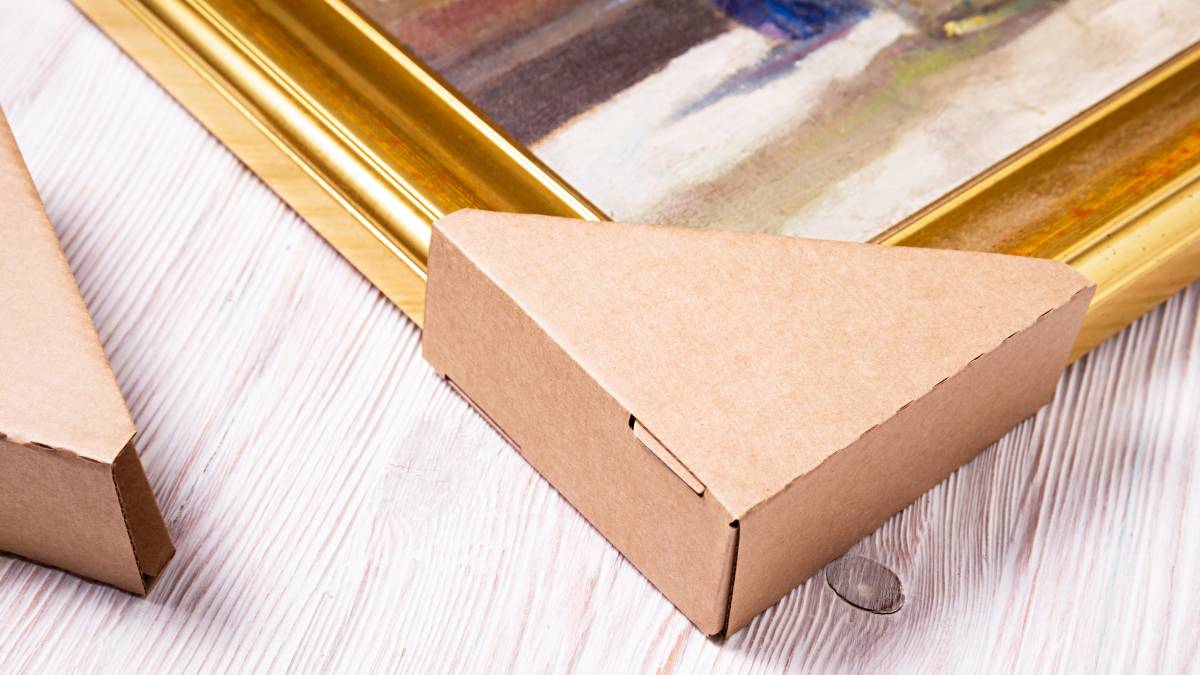
How to pack artwork for moving
Read more
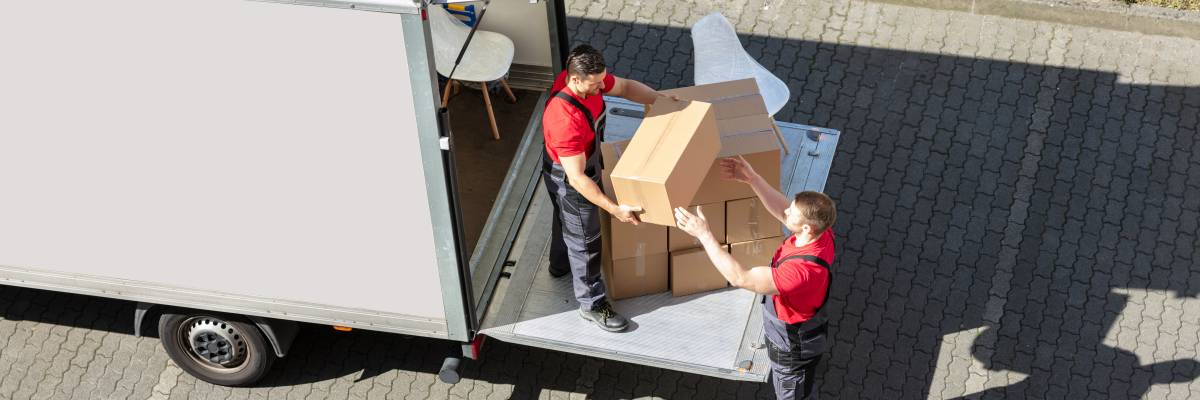
How much do removalists make?
Read more
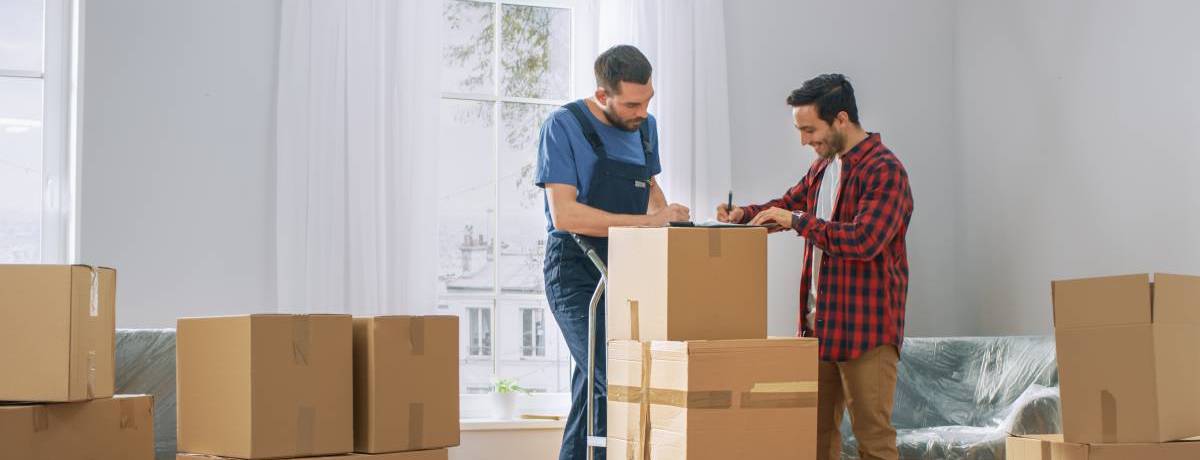
A guide to becoming a removalist
Read more
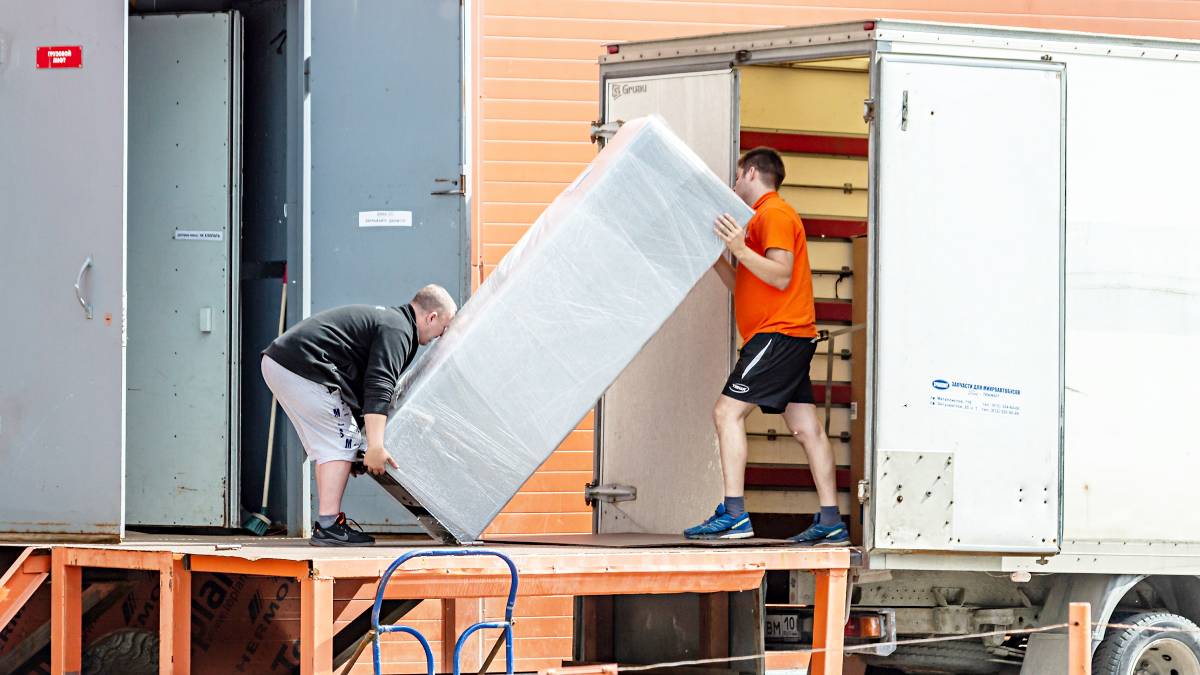
Moving a fridge: How to do it right
Read more

Tips for moving house with kids
Read more

How to move a pool table
Read more
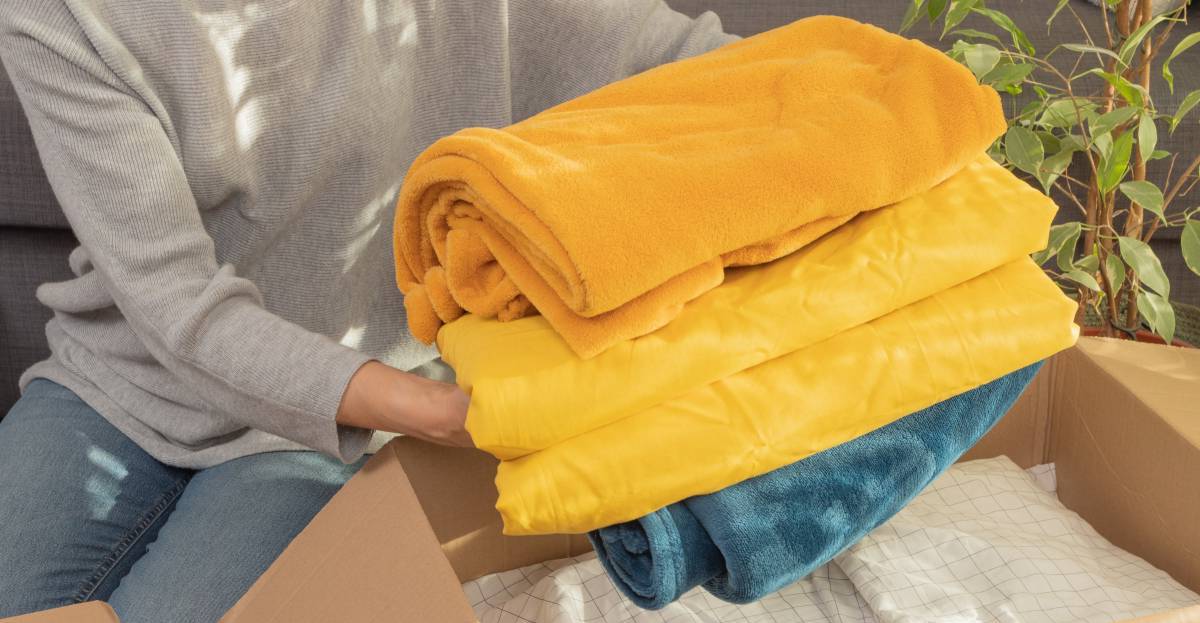
How to pack bedding for moving
Read more

How to pack books for moving
Read more
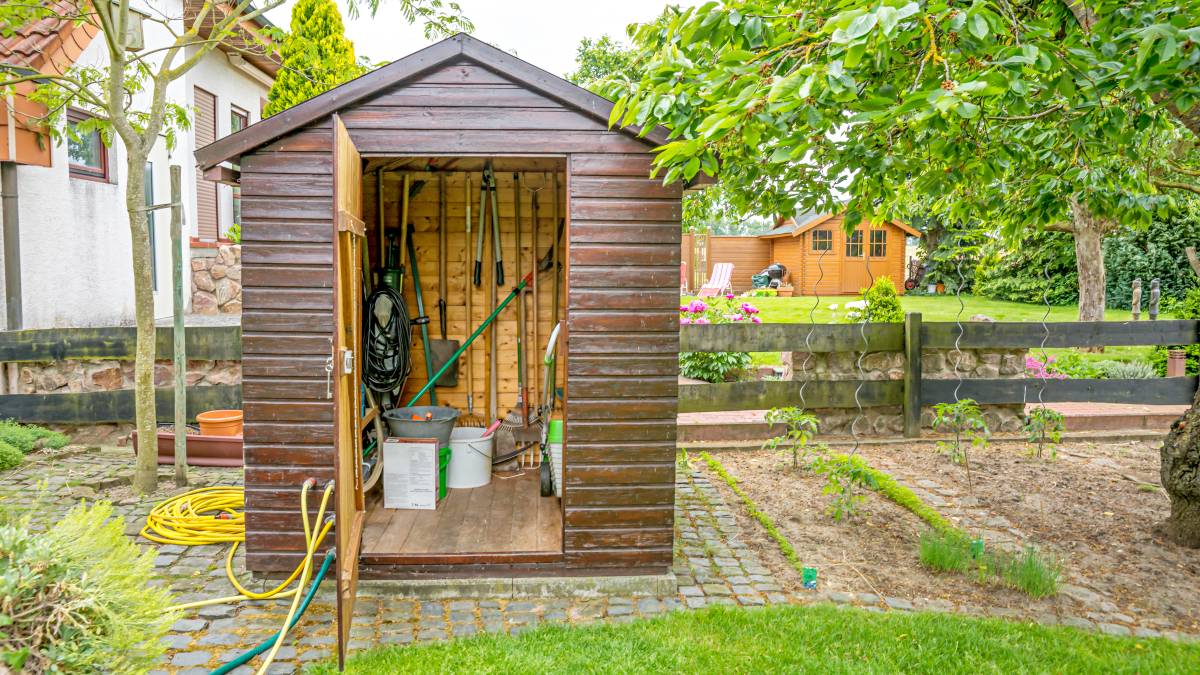
How to move a shed
Read more

How to pack kitchen items
Read more
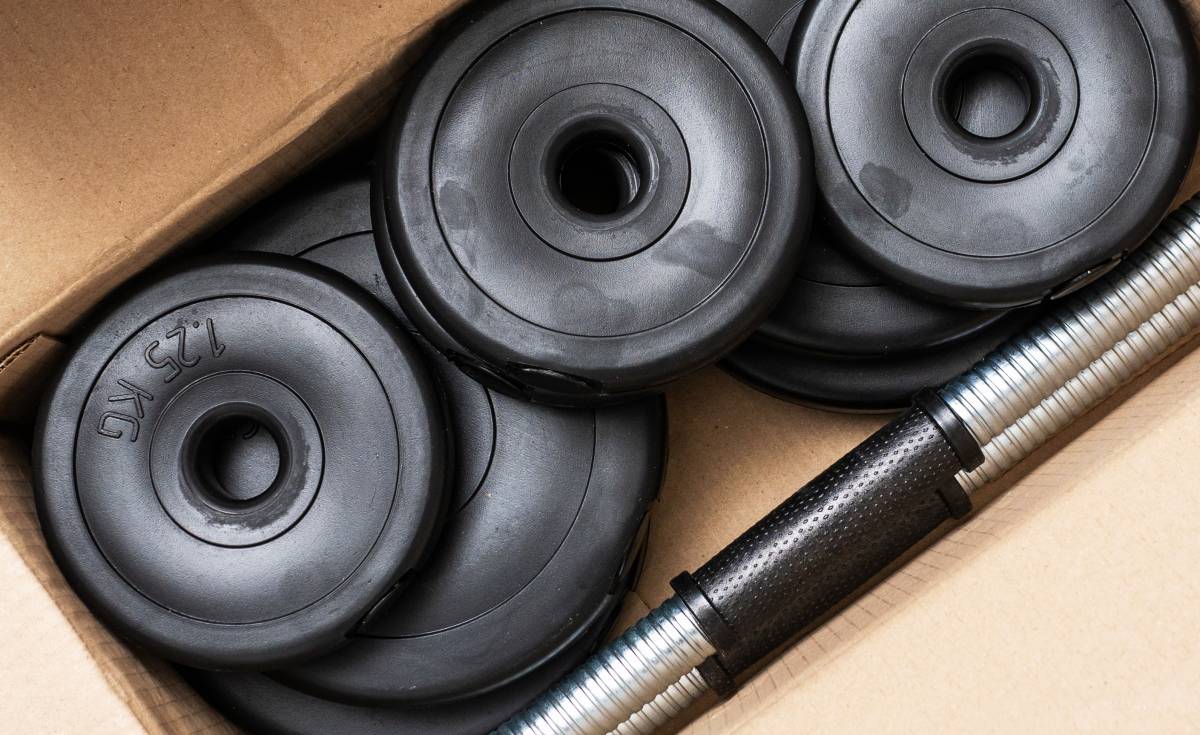
How to move gym equipment safely
Read more
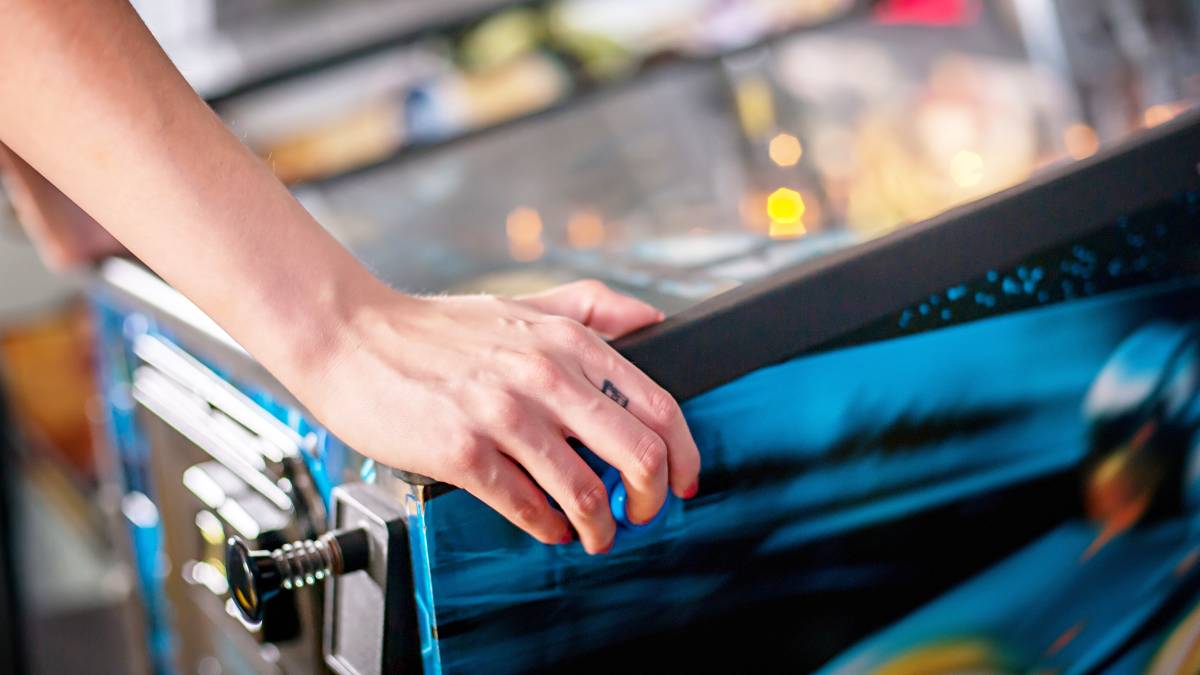
How to move a pinball machine
Read more

How to move a washing machine
Read more
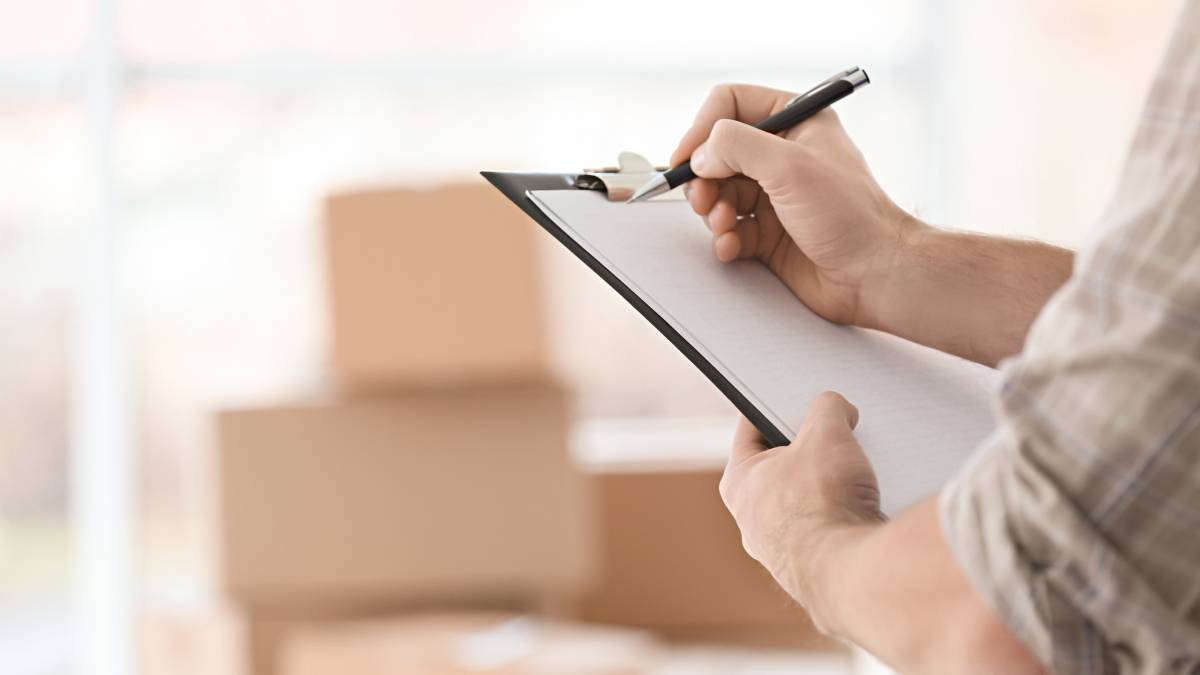
What removalists won’t move
Read more

Moving interstate checklist
Read more
Related price guides

How much does it cost to move house?
Read more
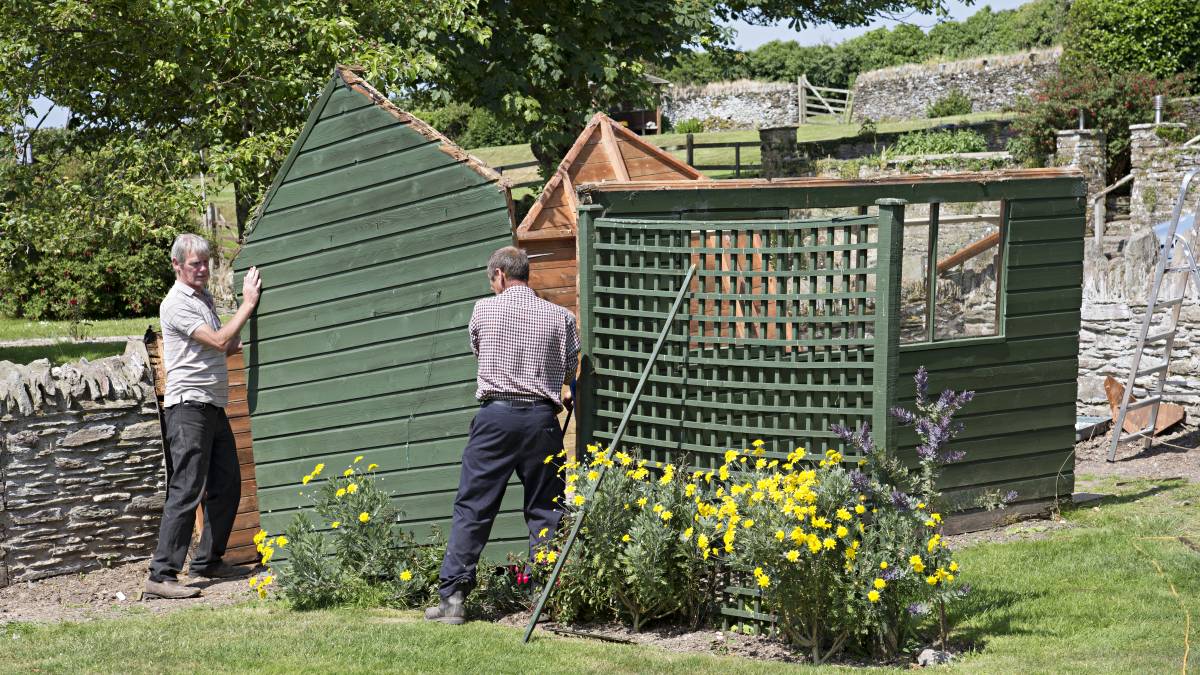
How much does shed removal cost?
Read more

How much does mattress removal cost?
Read more

How much does piano moving cost?
Read more
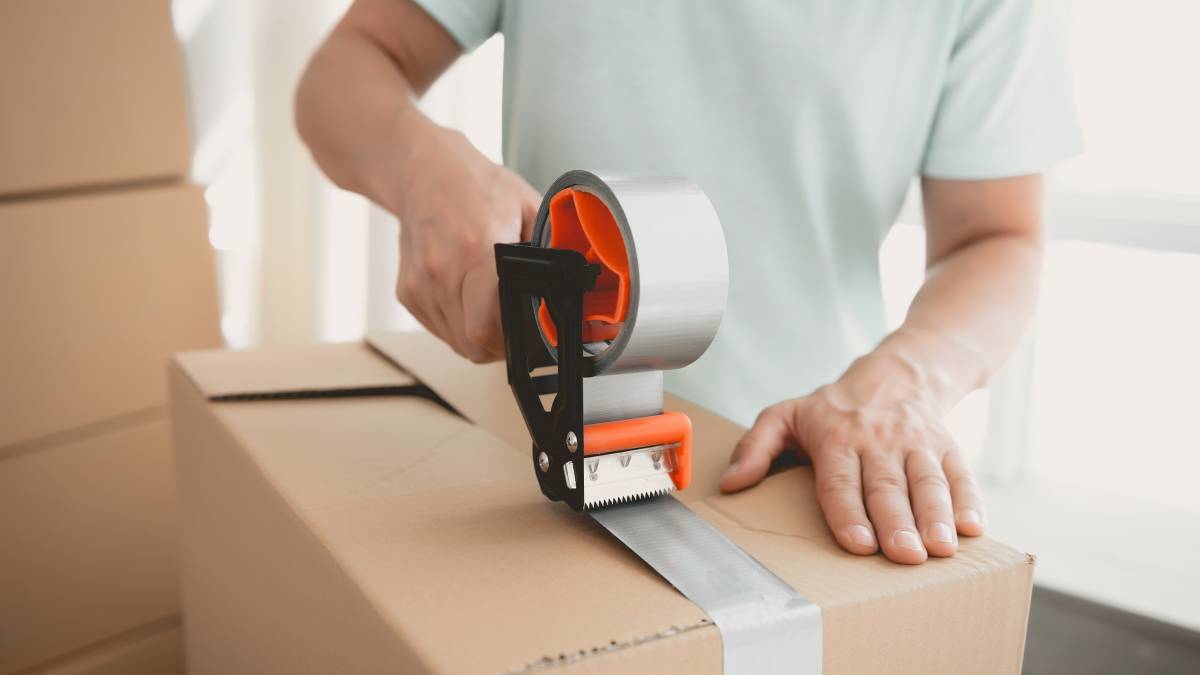
How much do packers cost?
Read more
